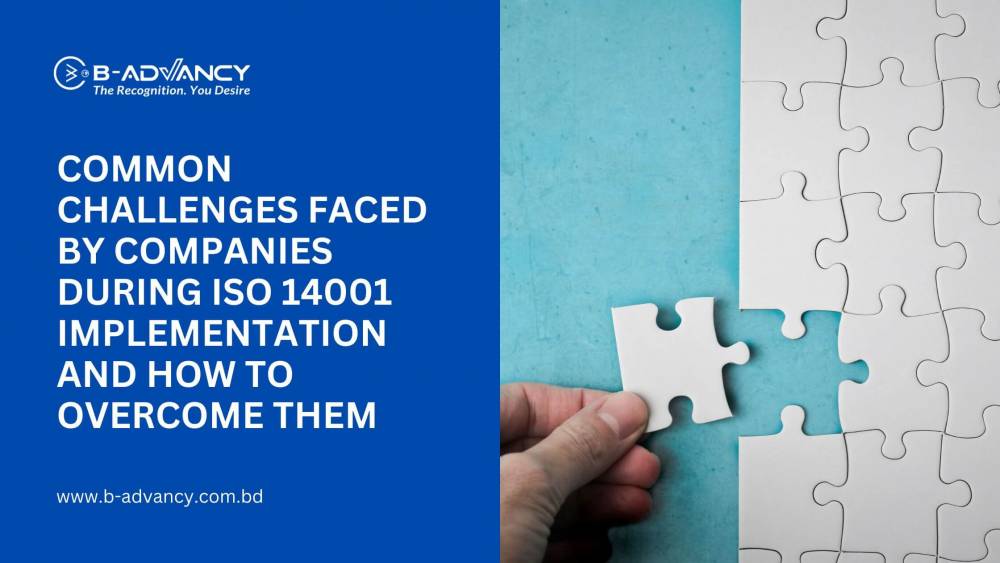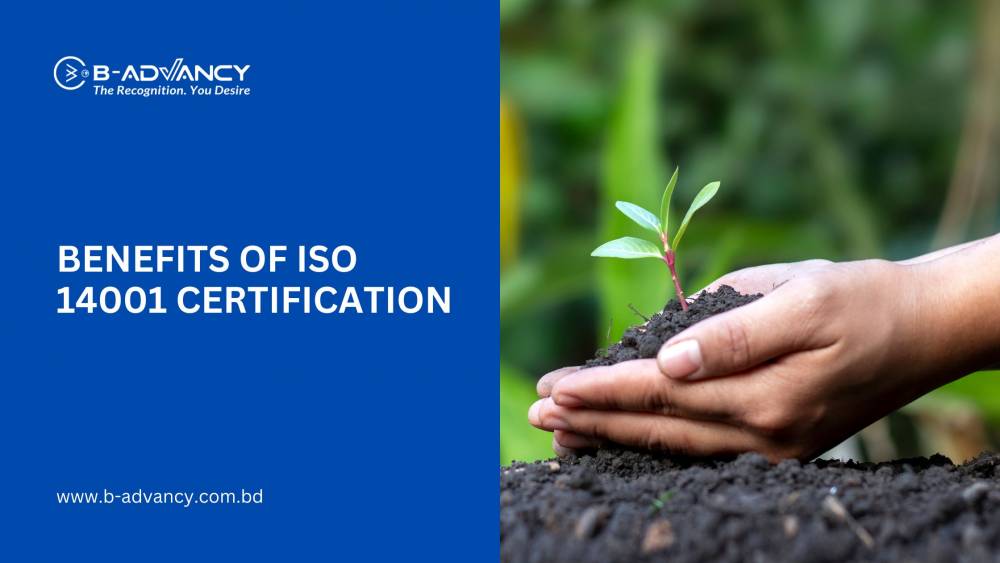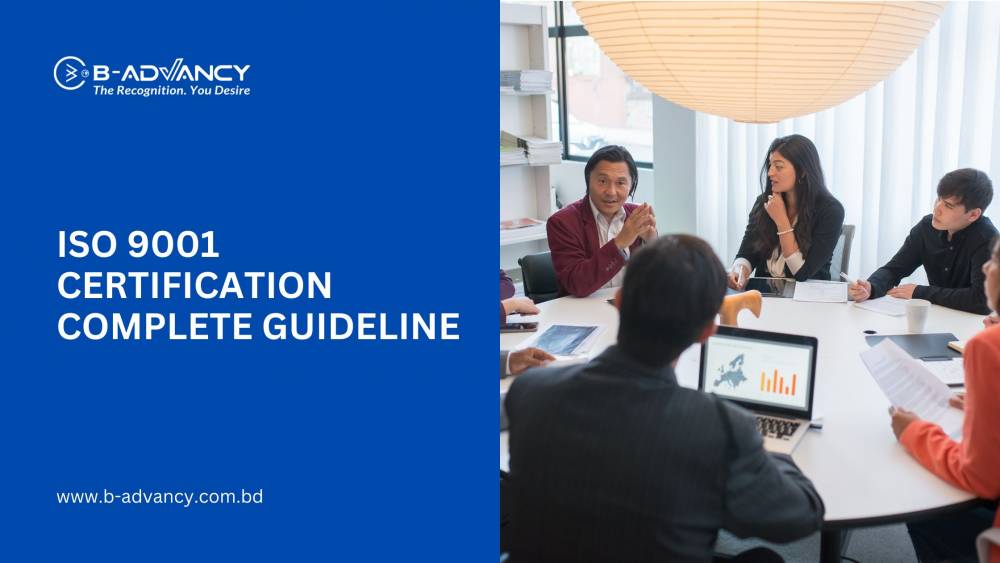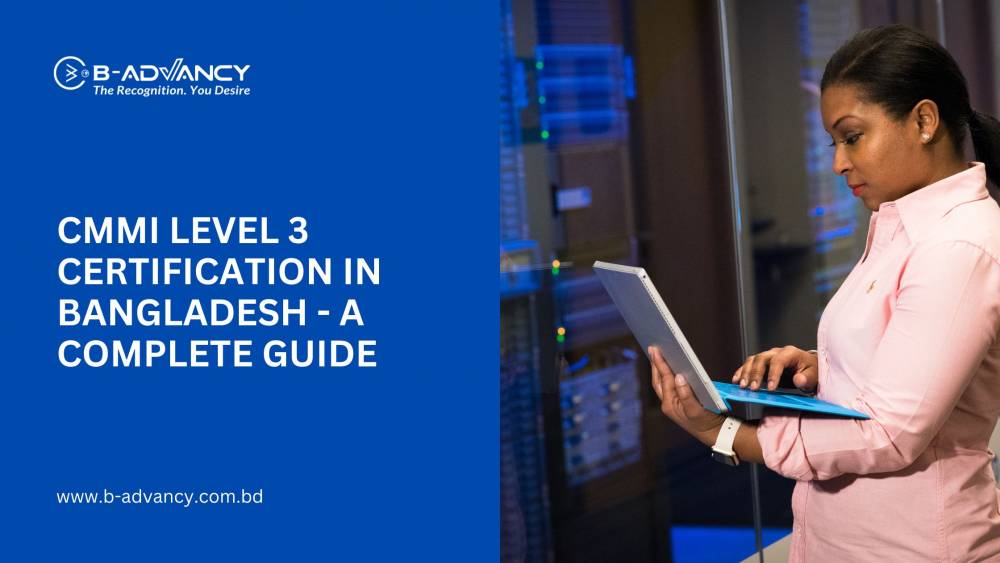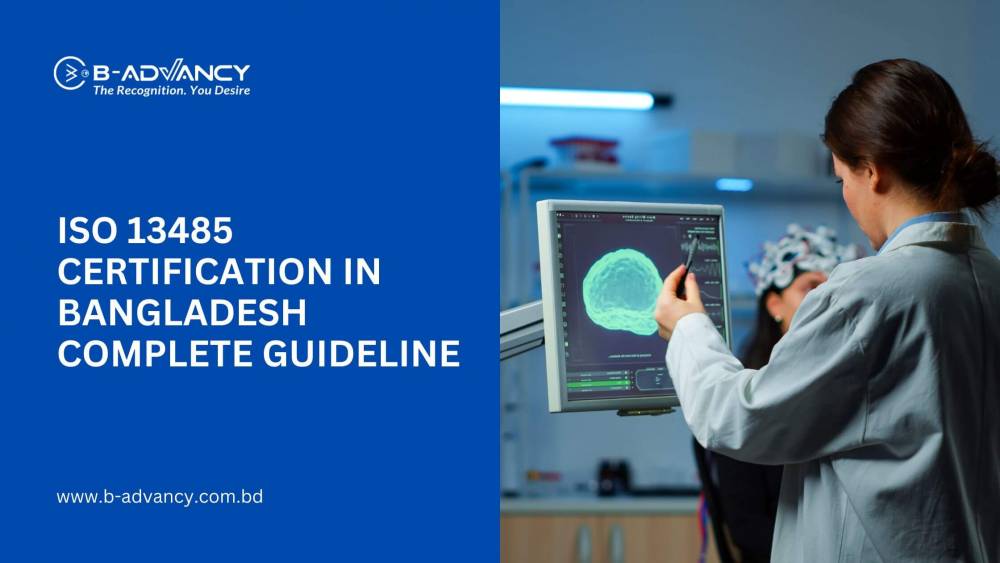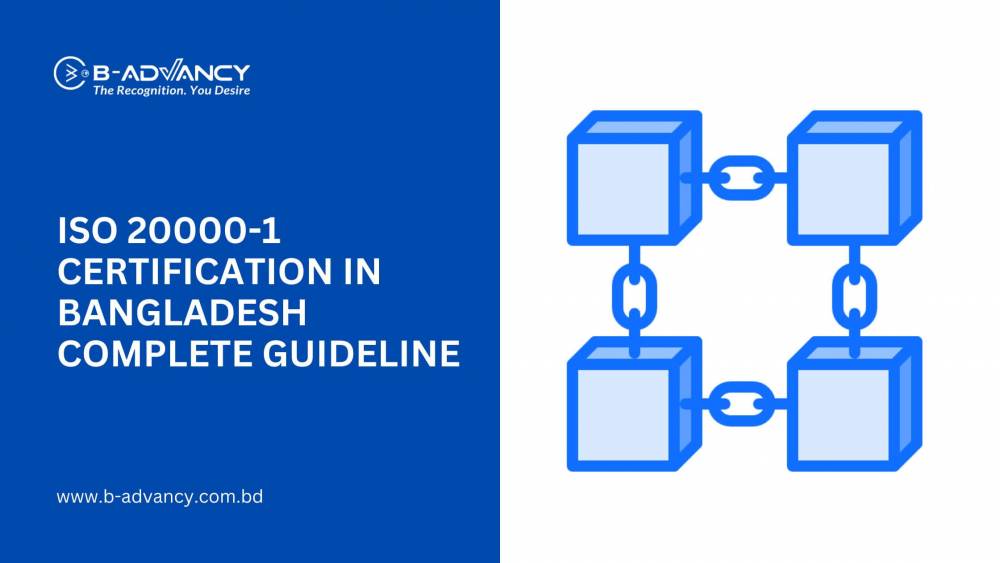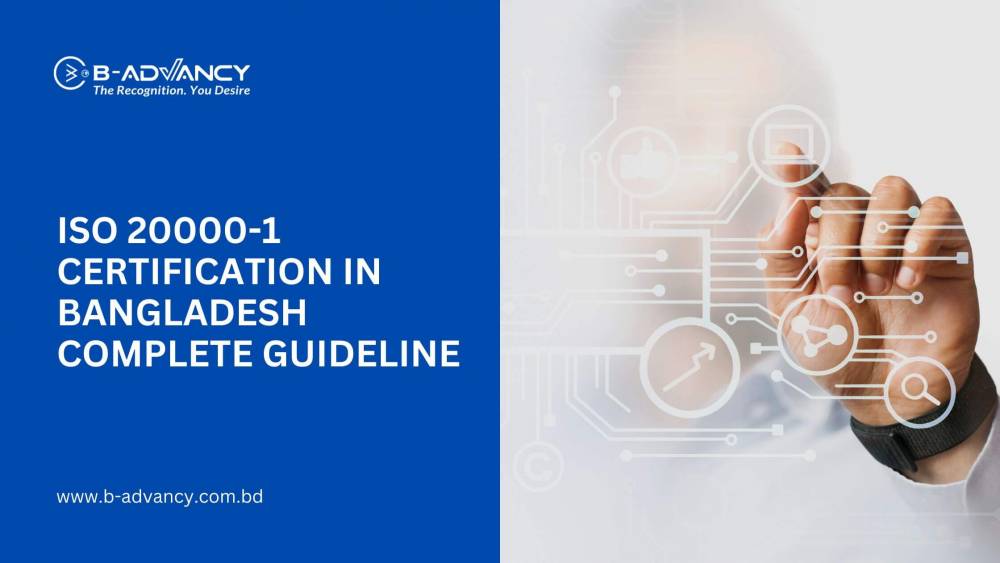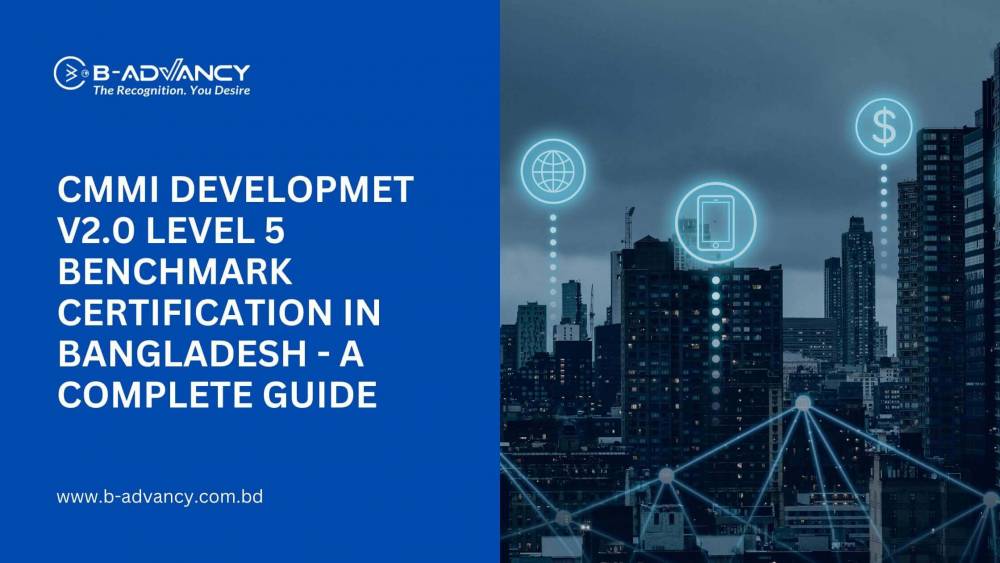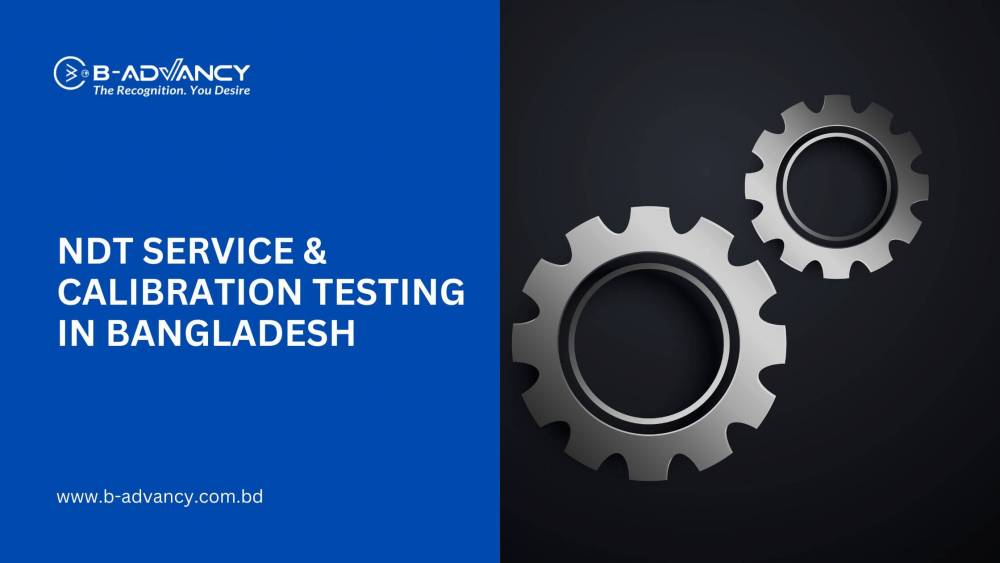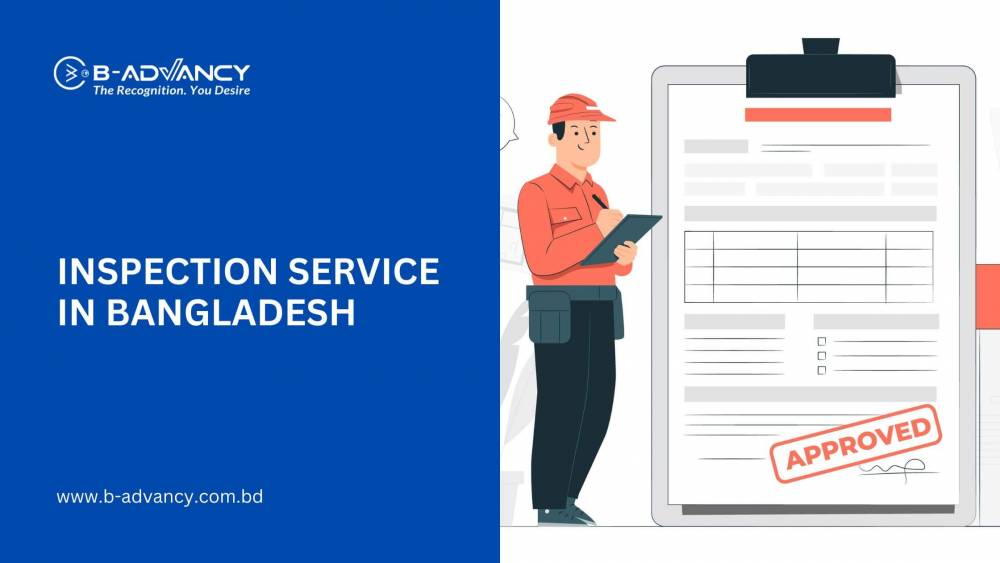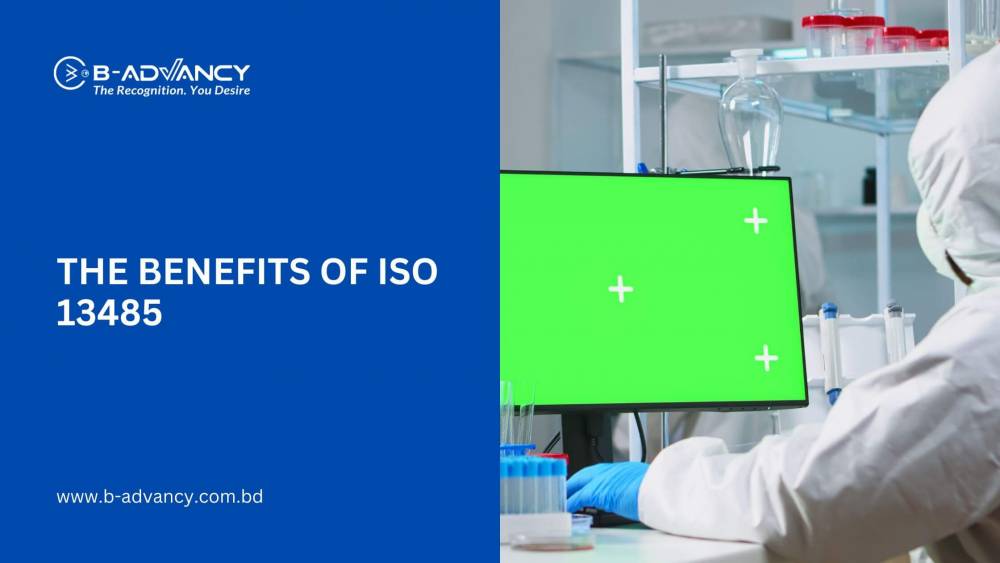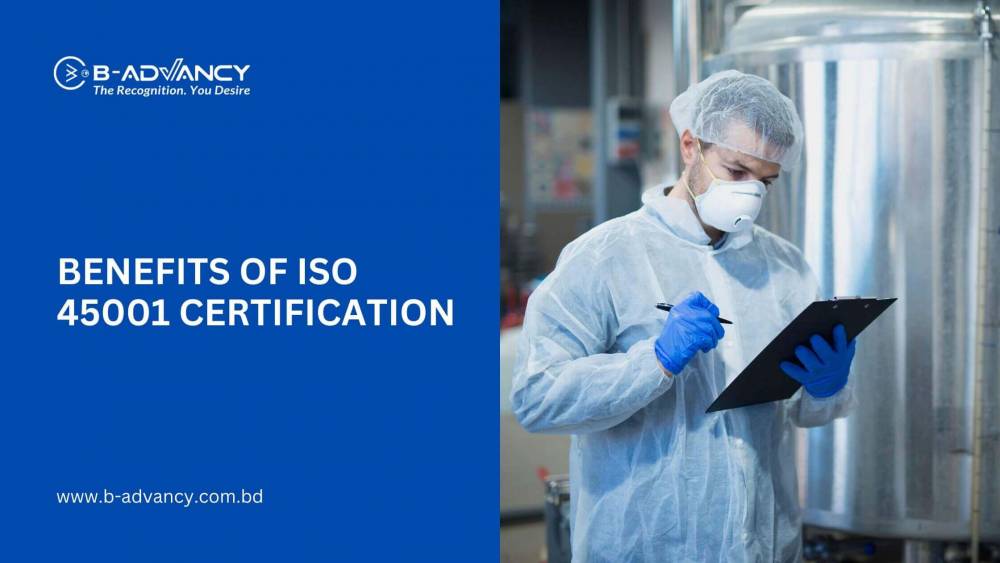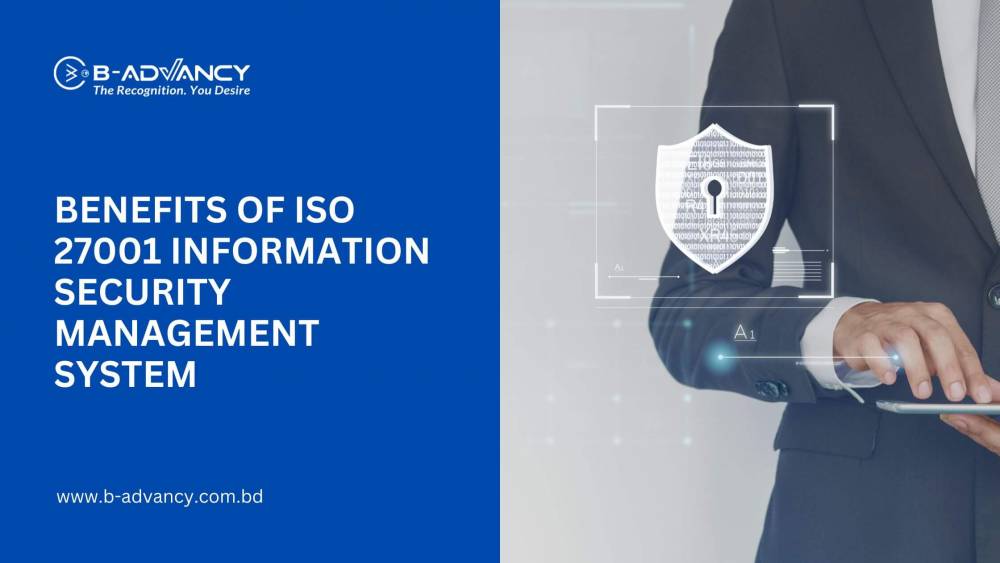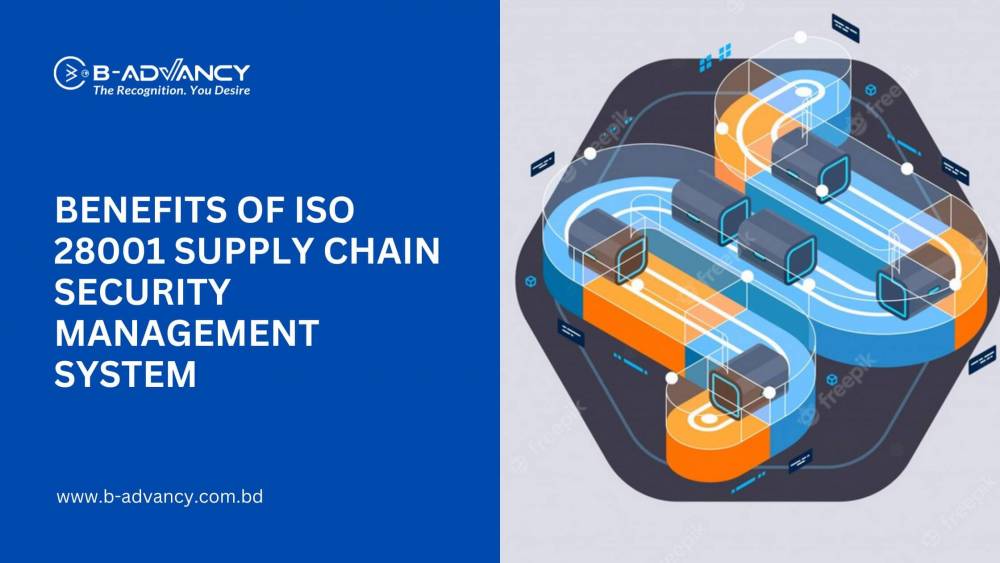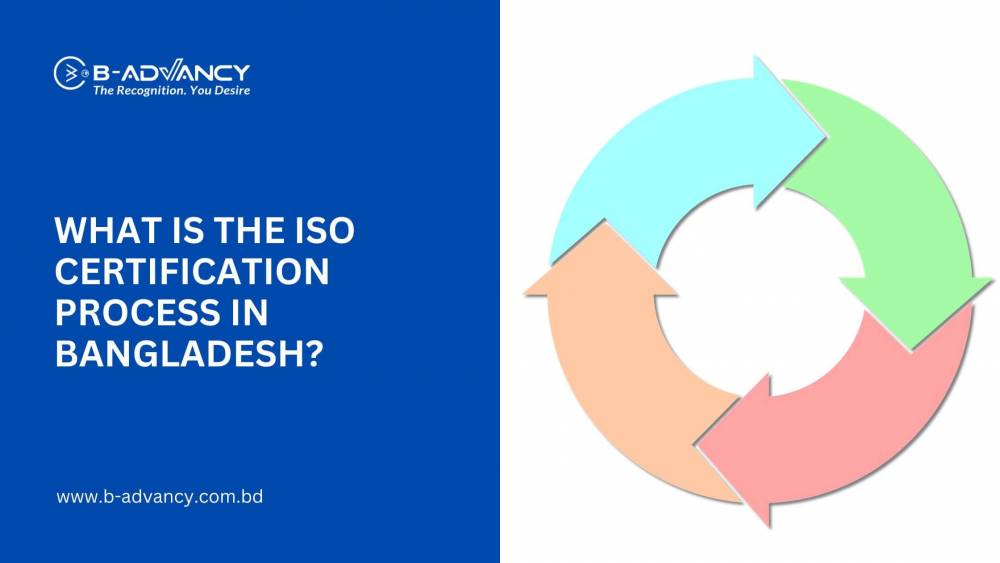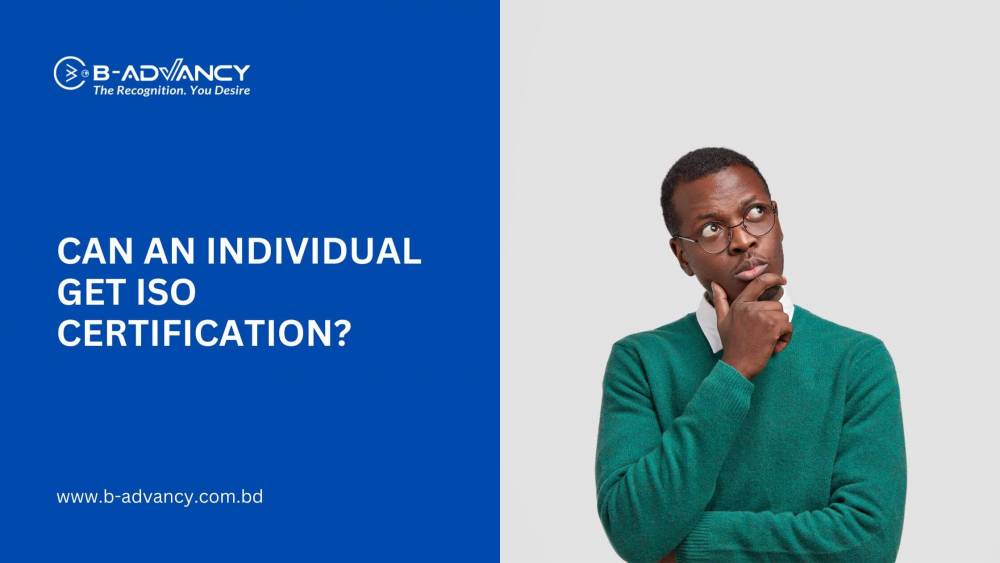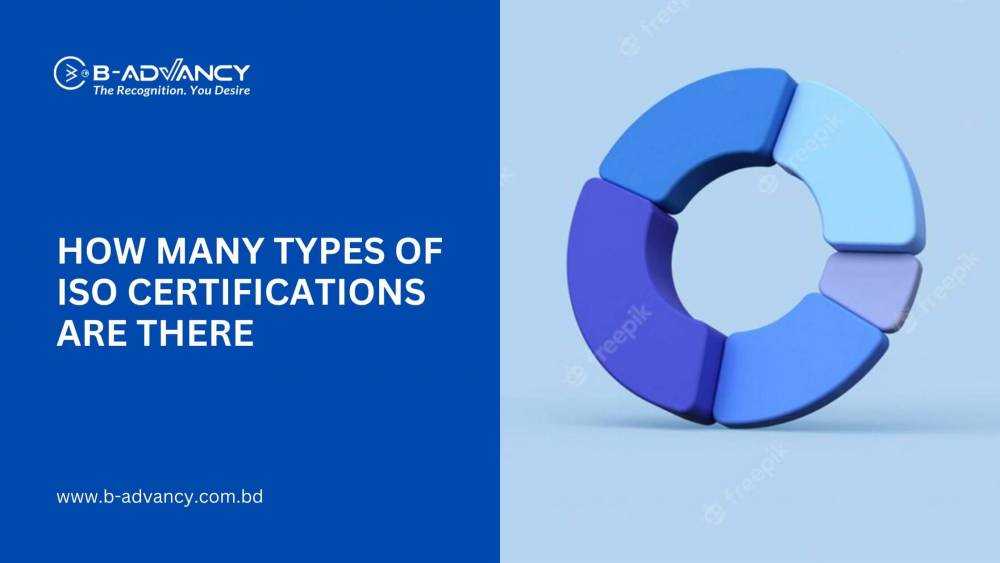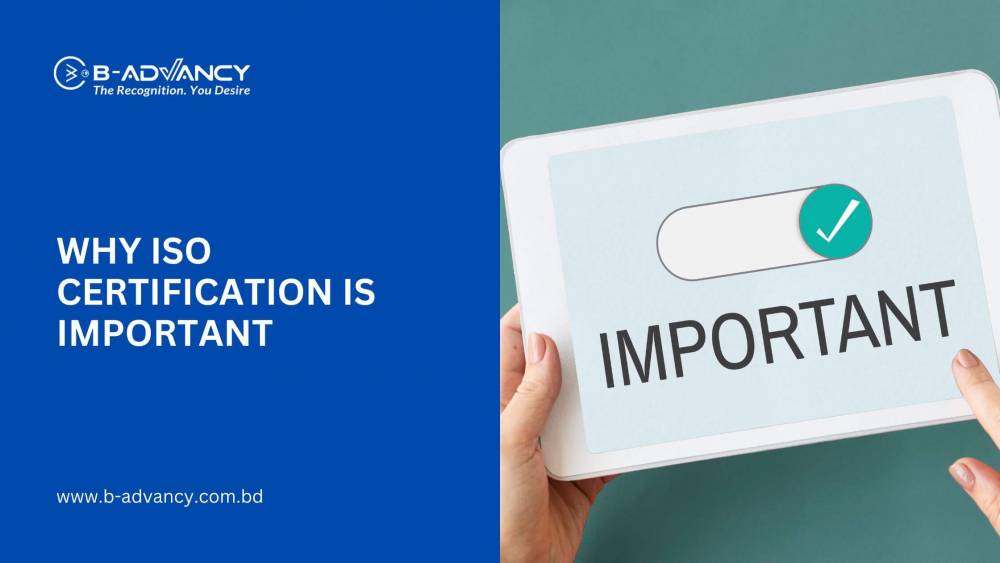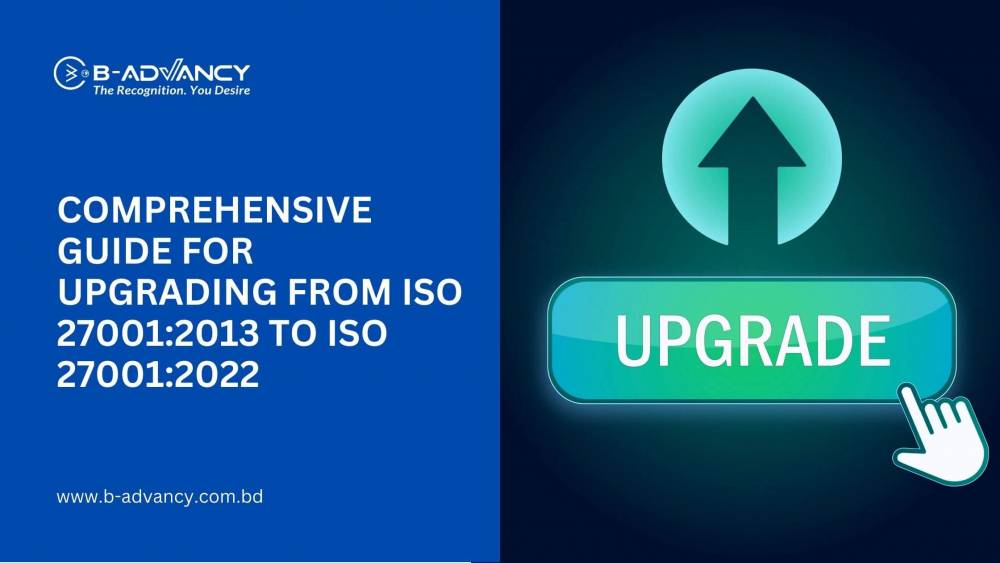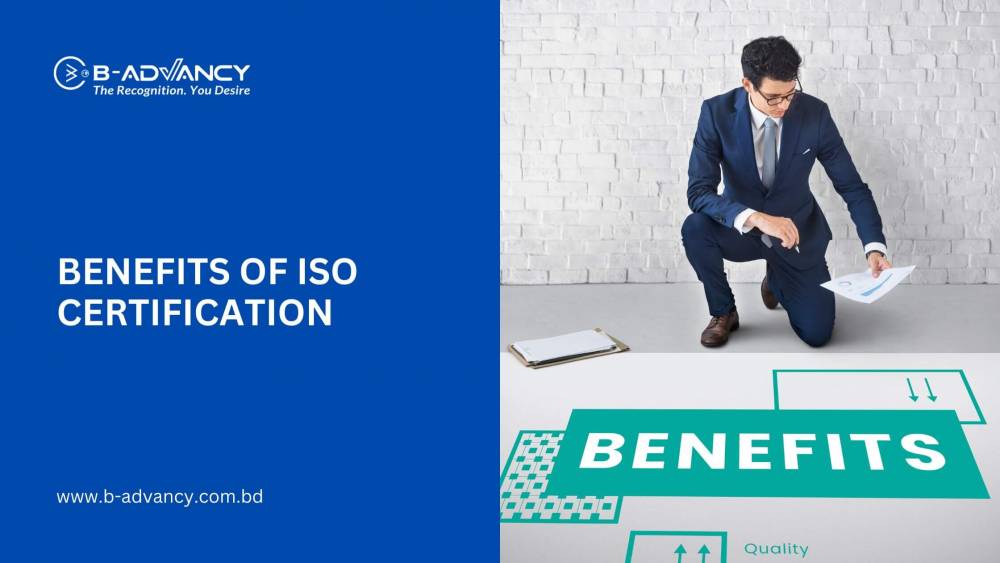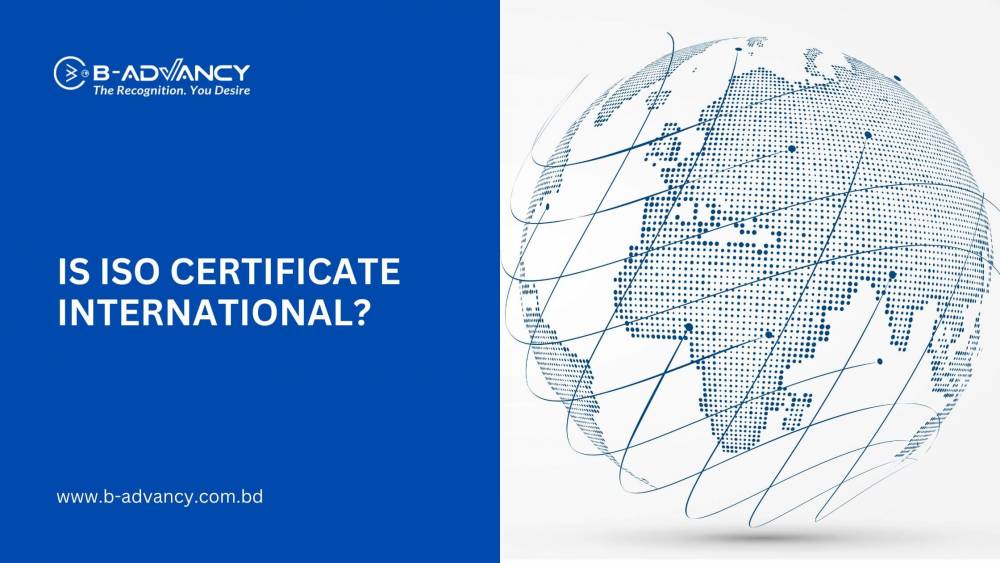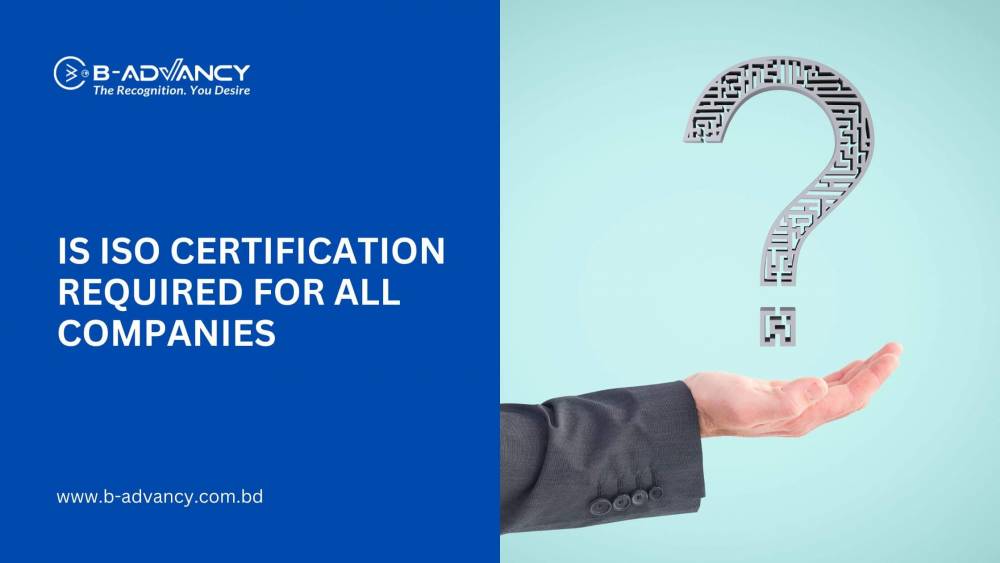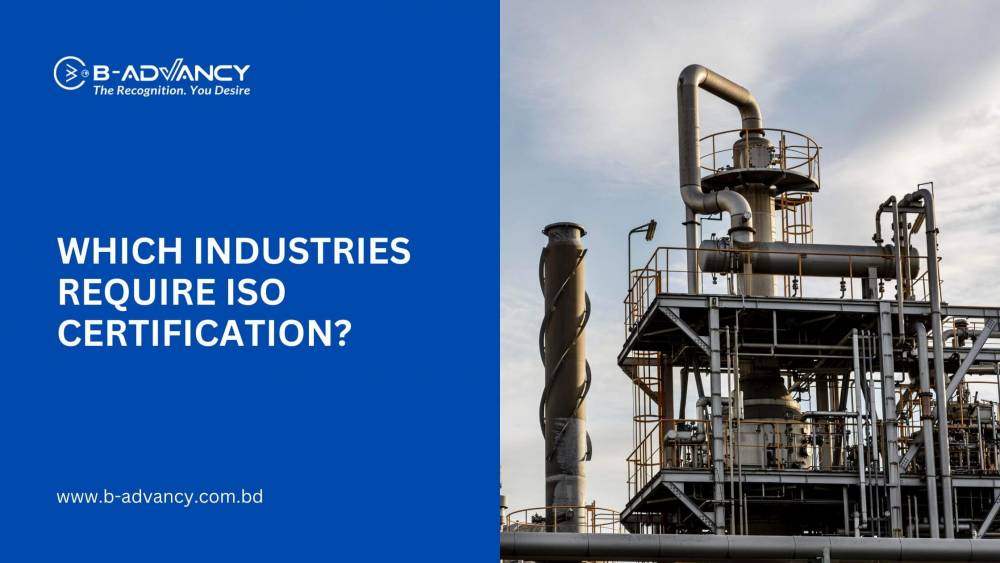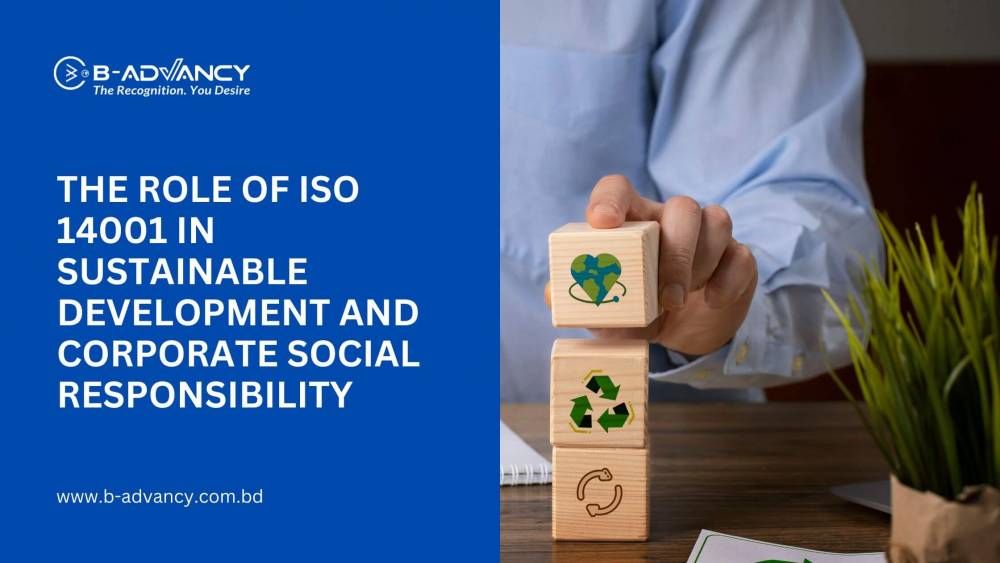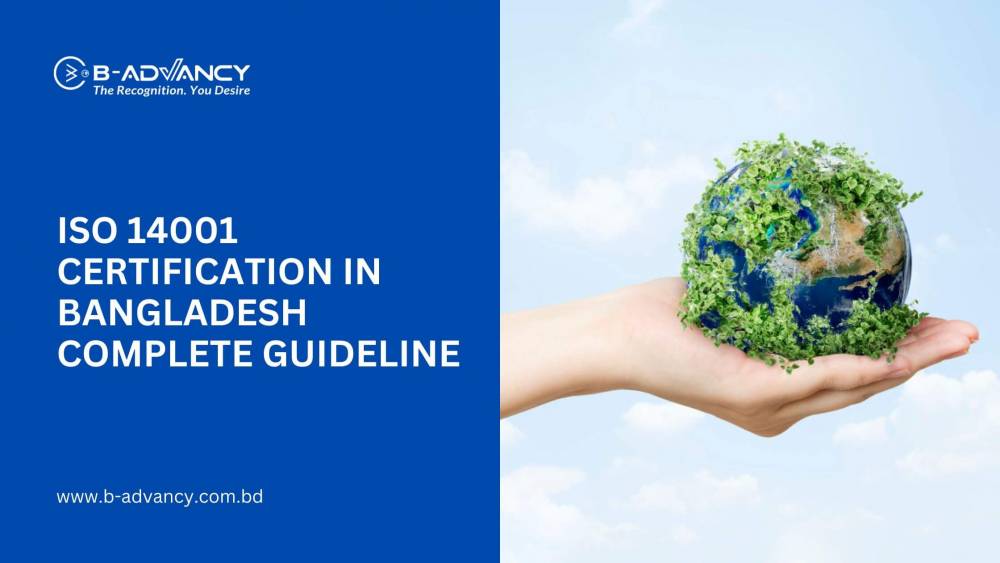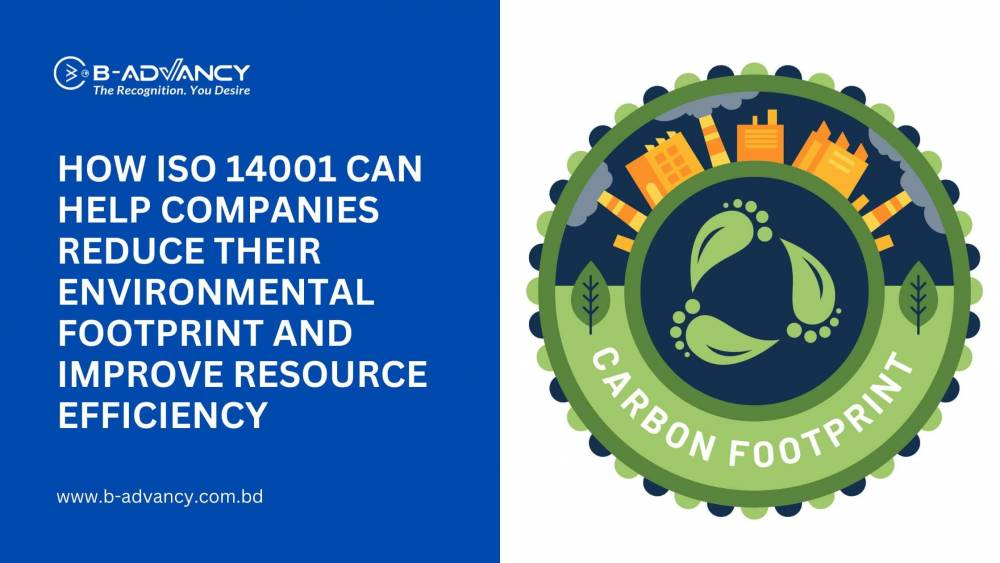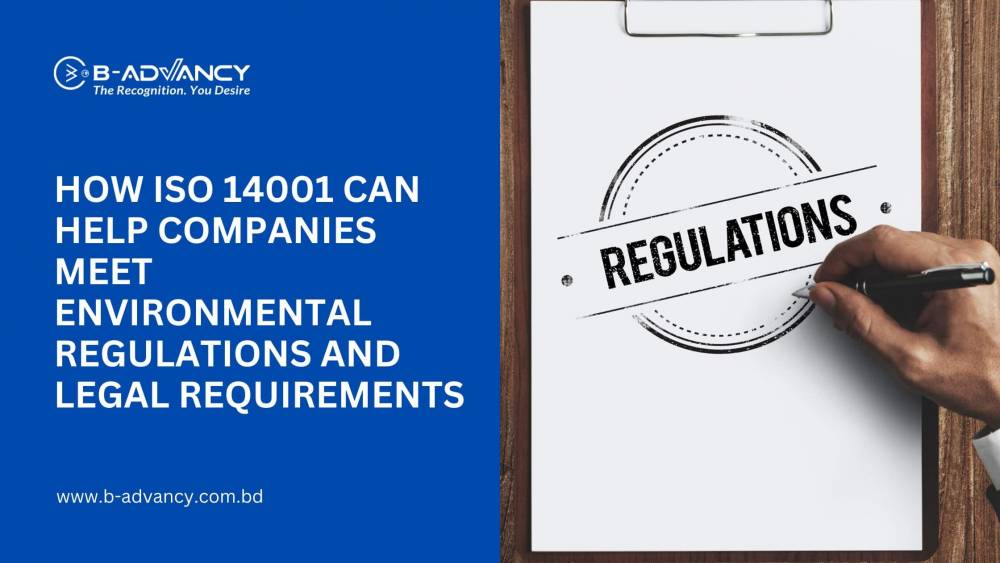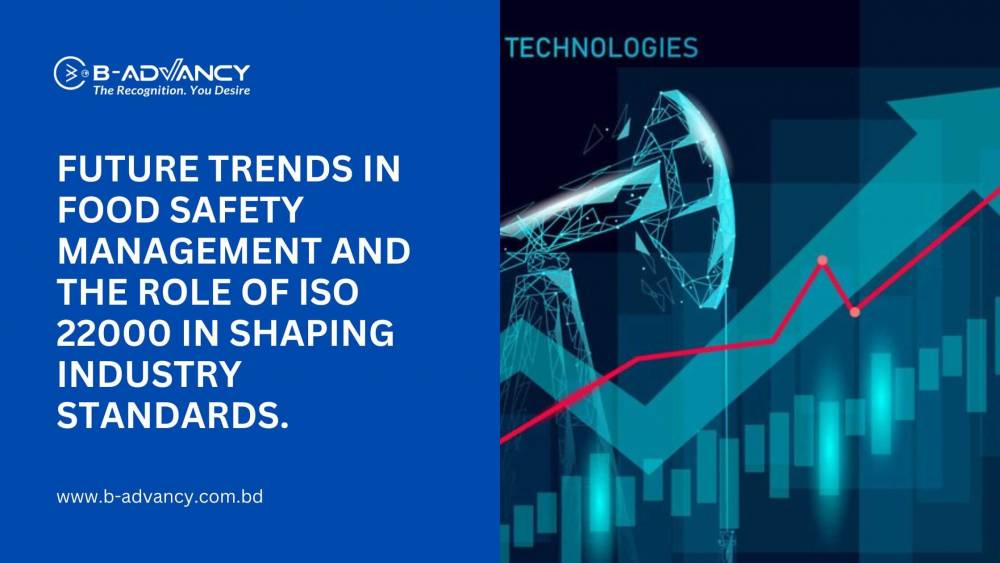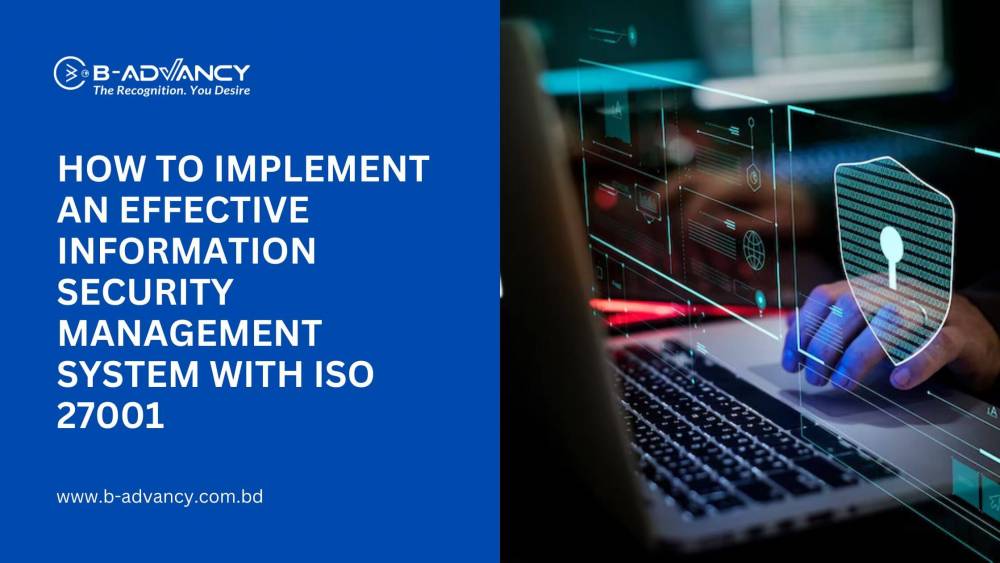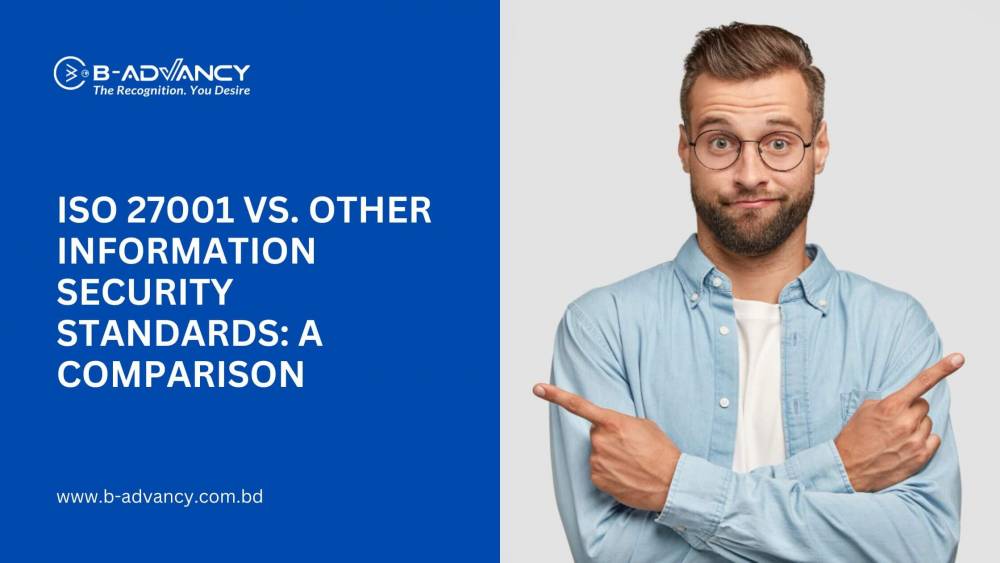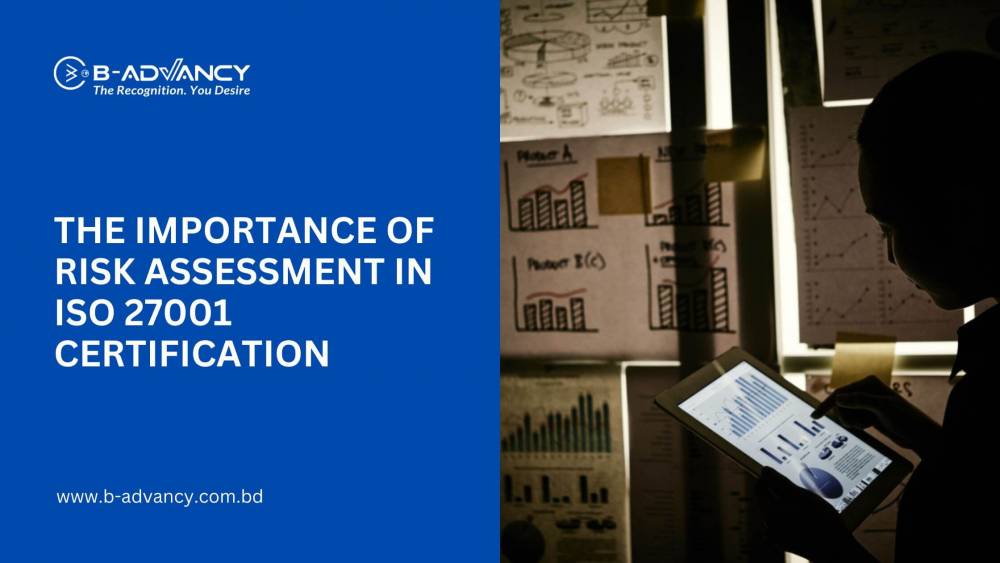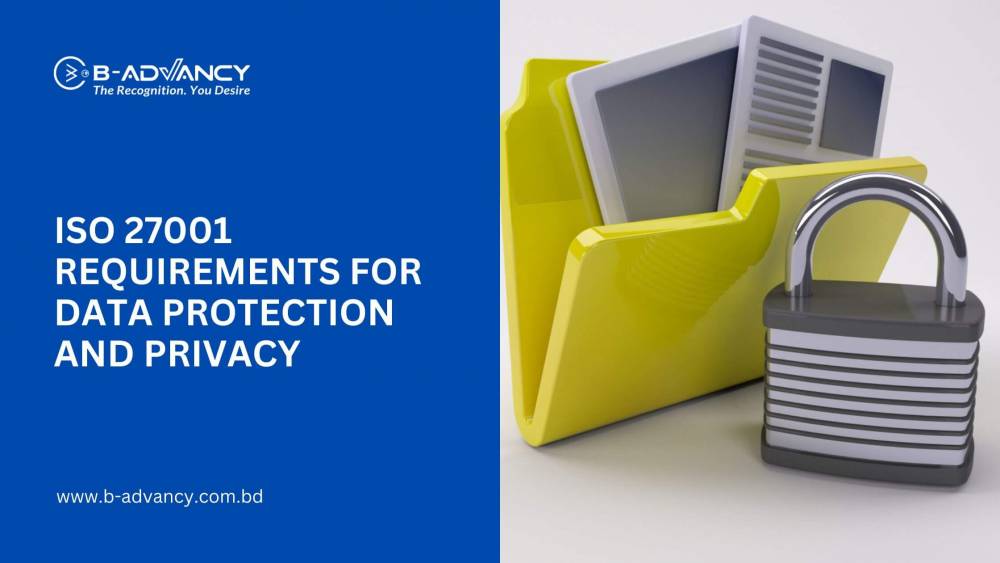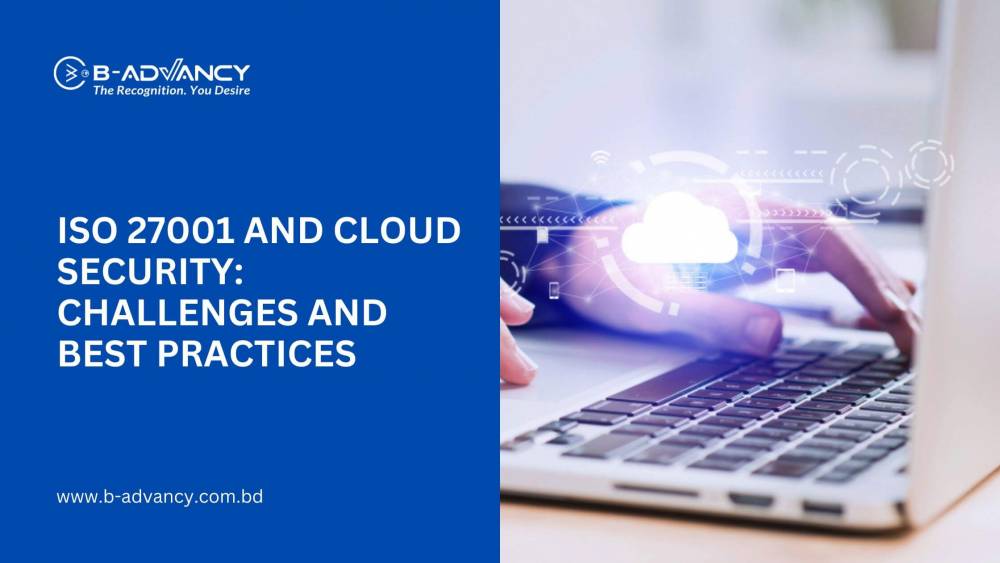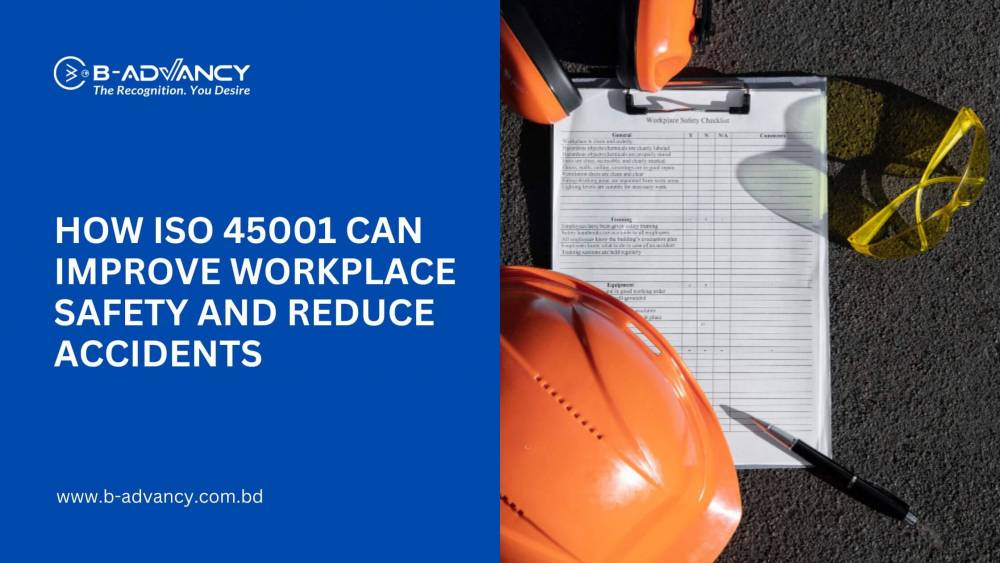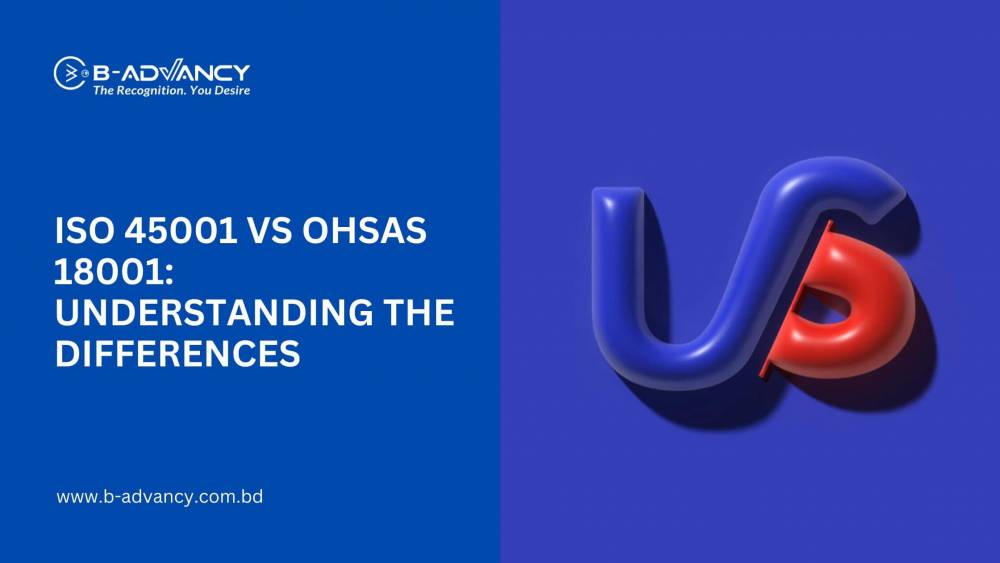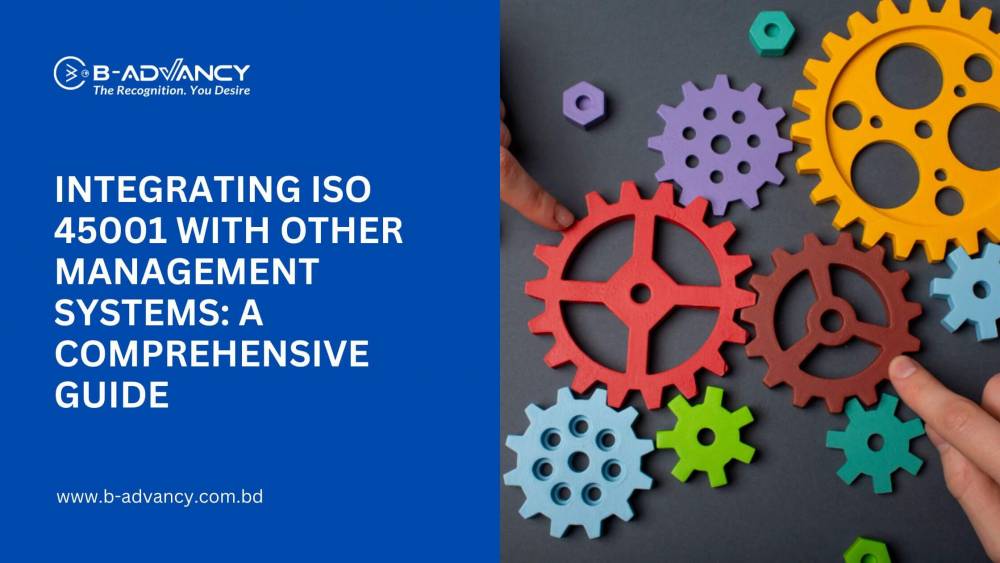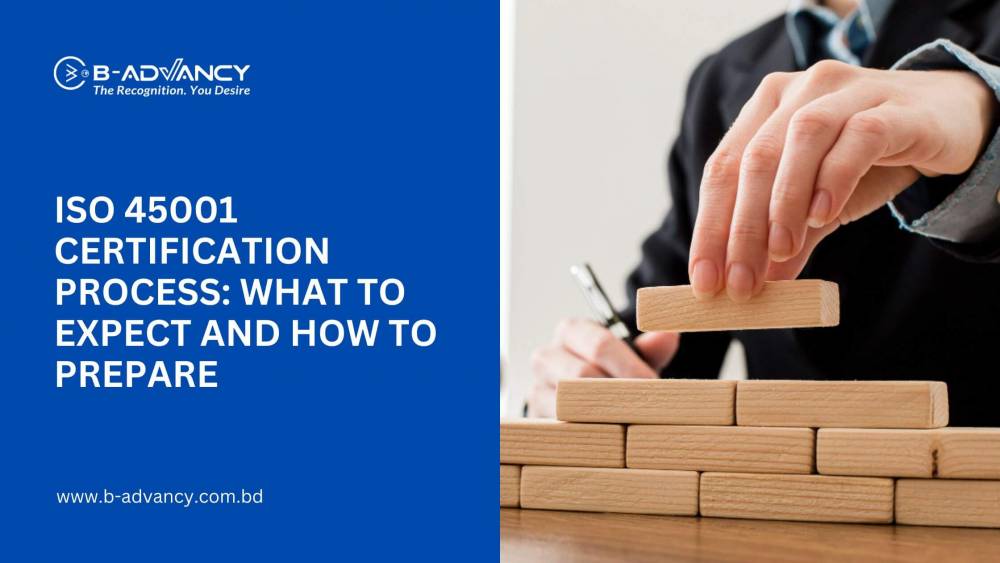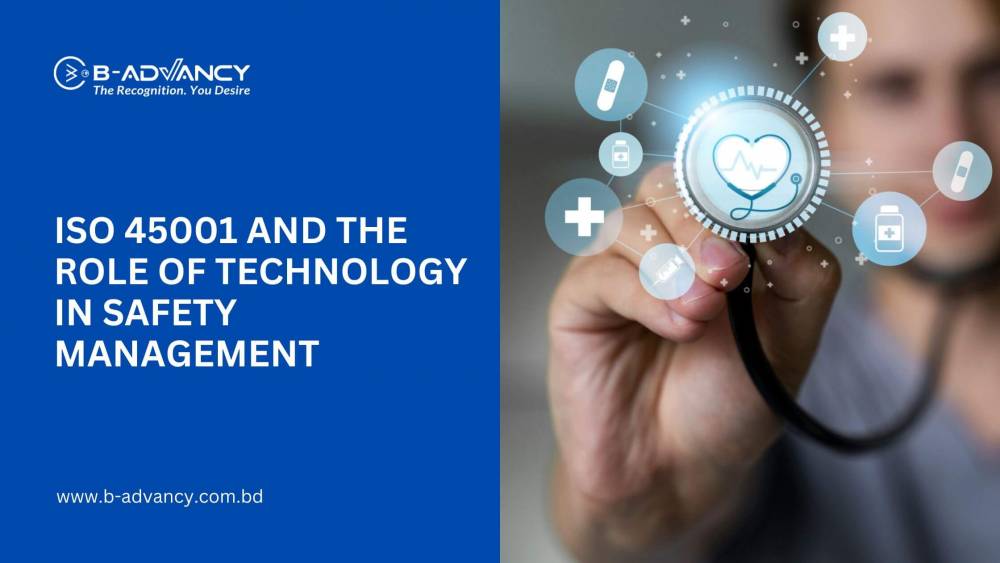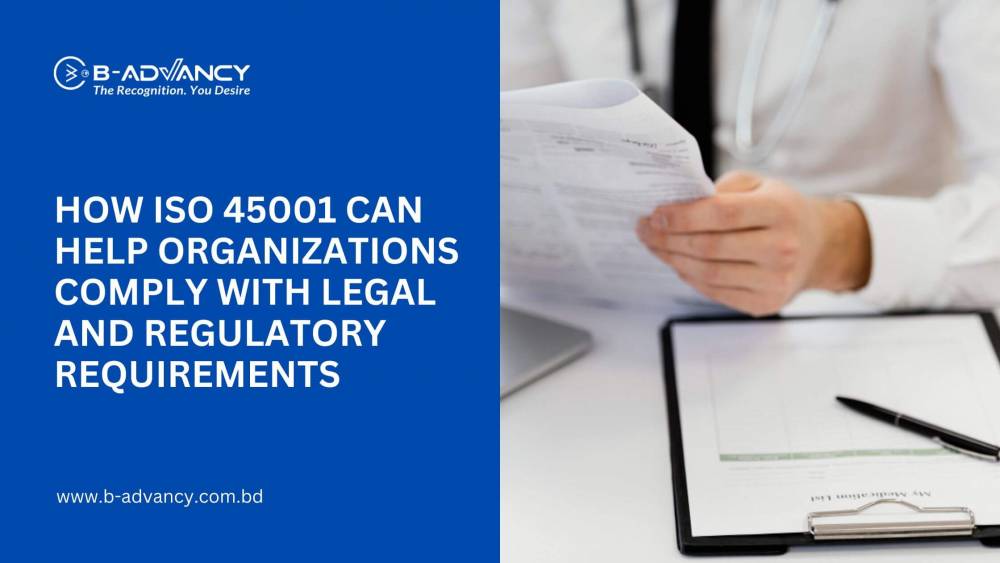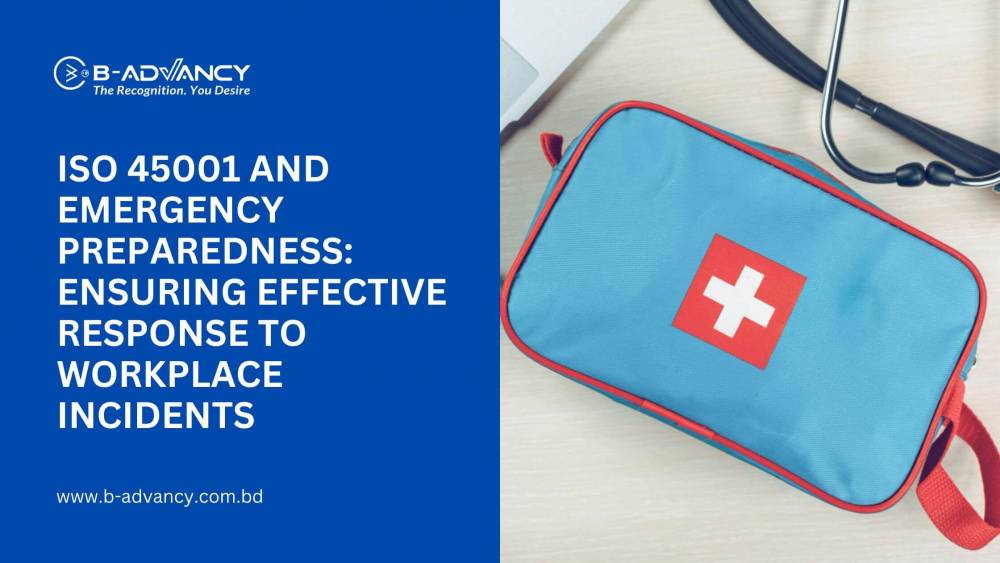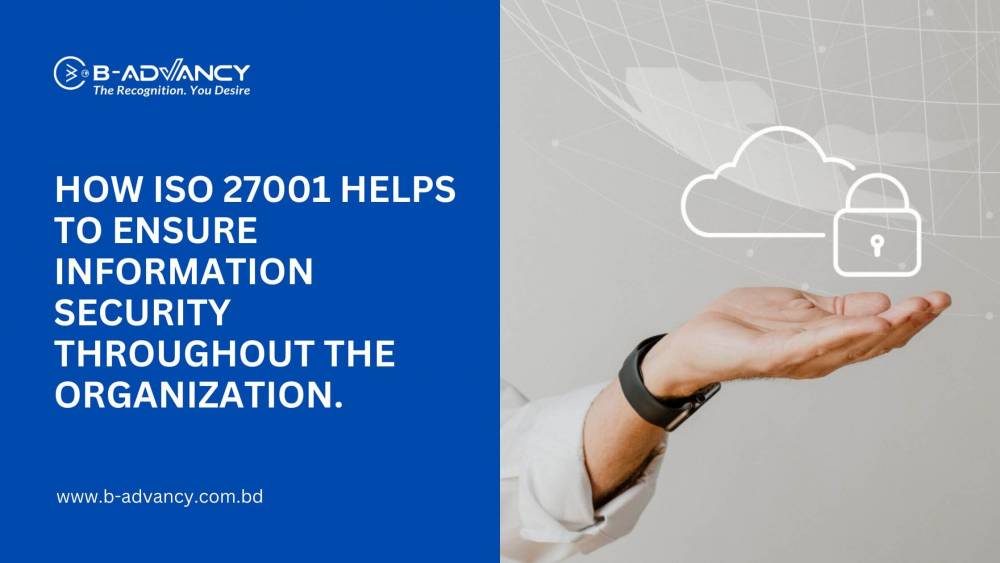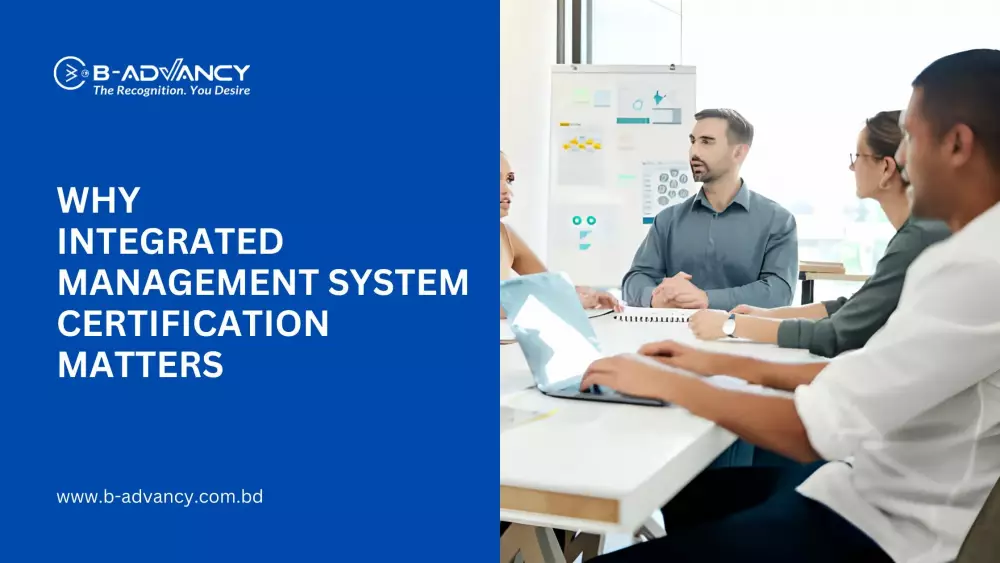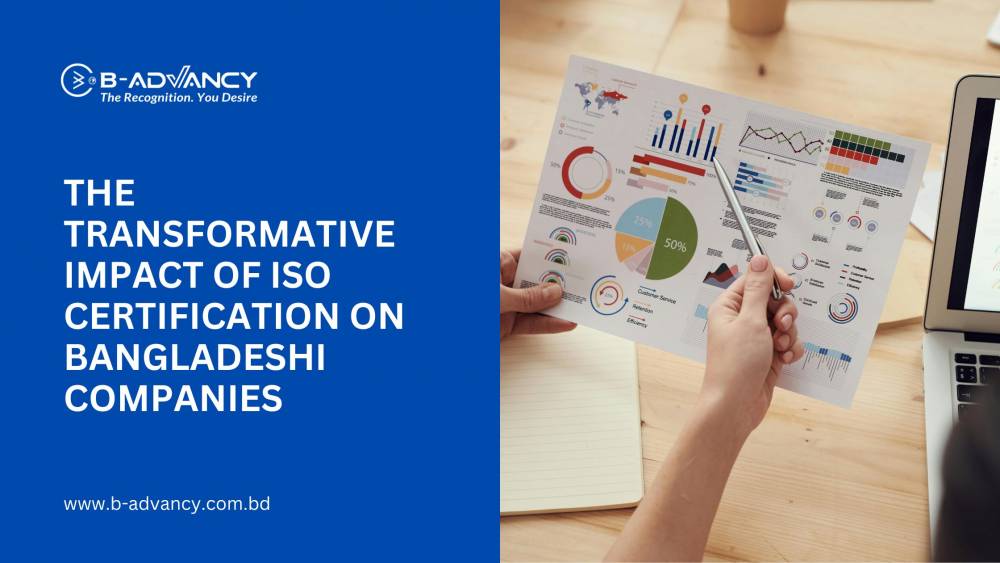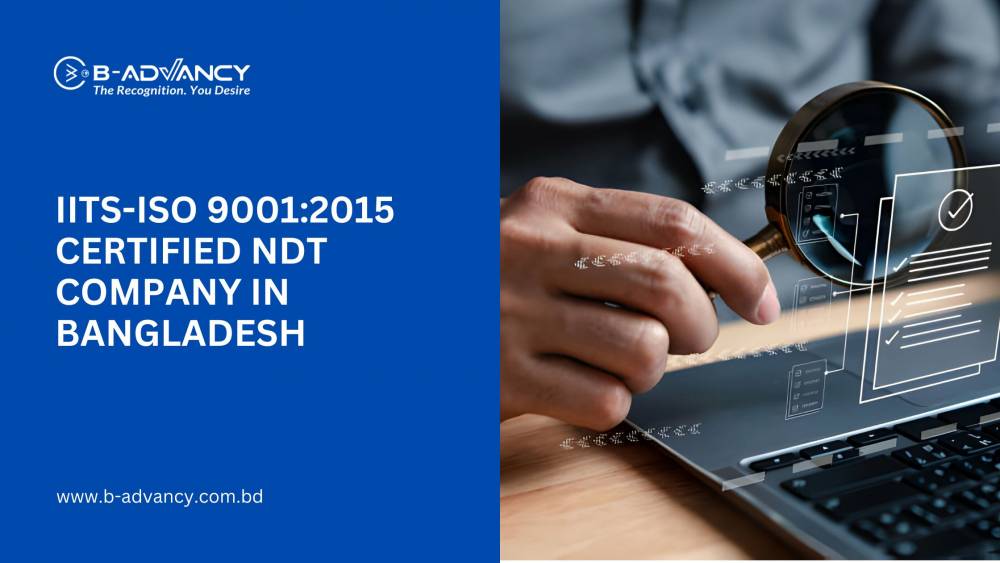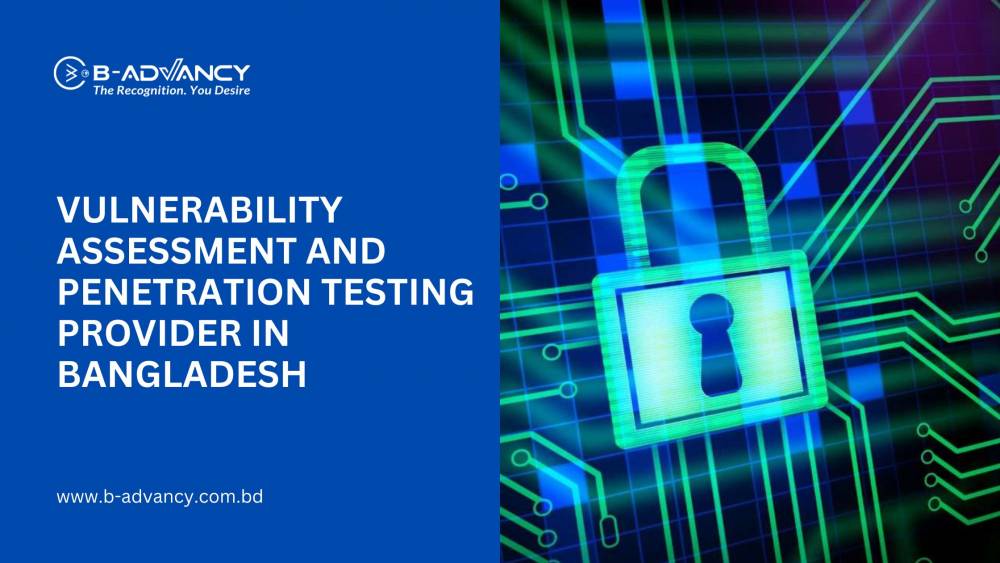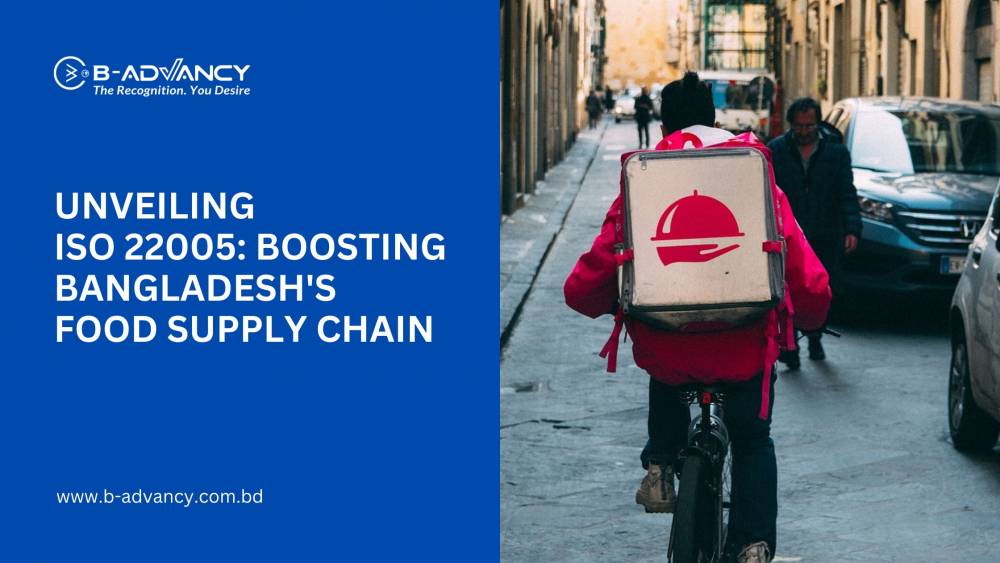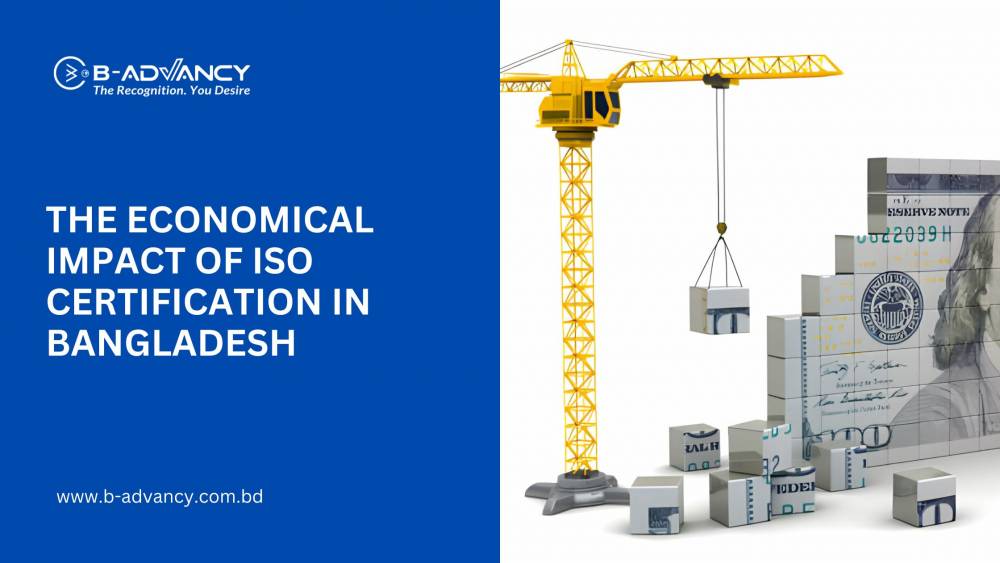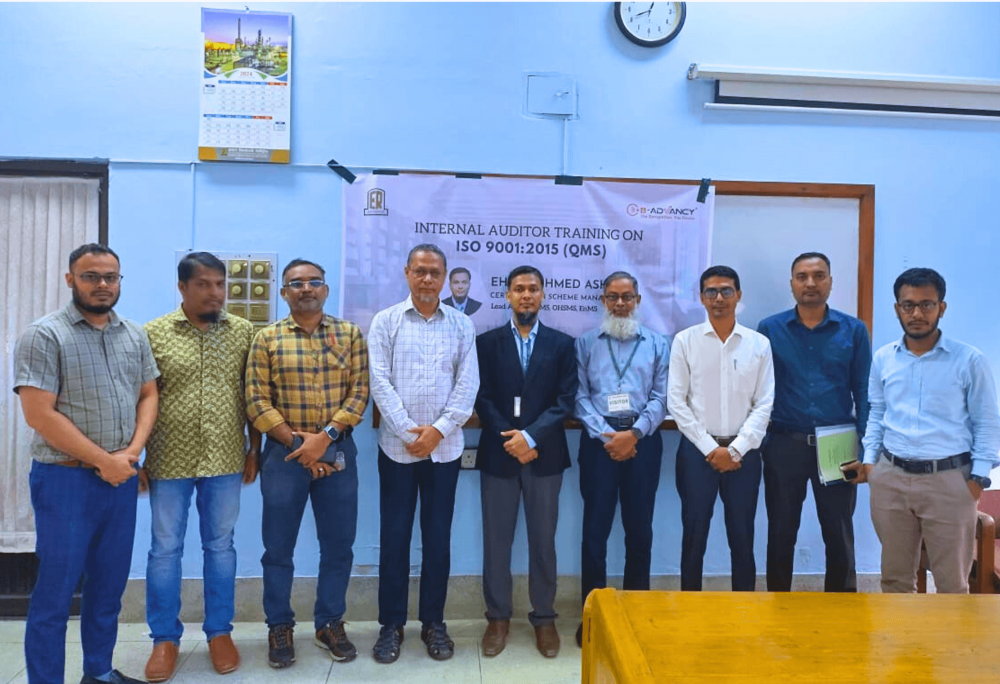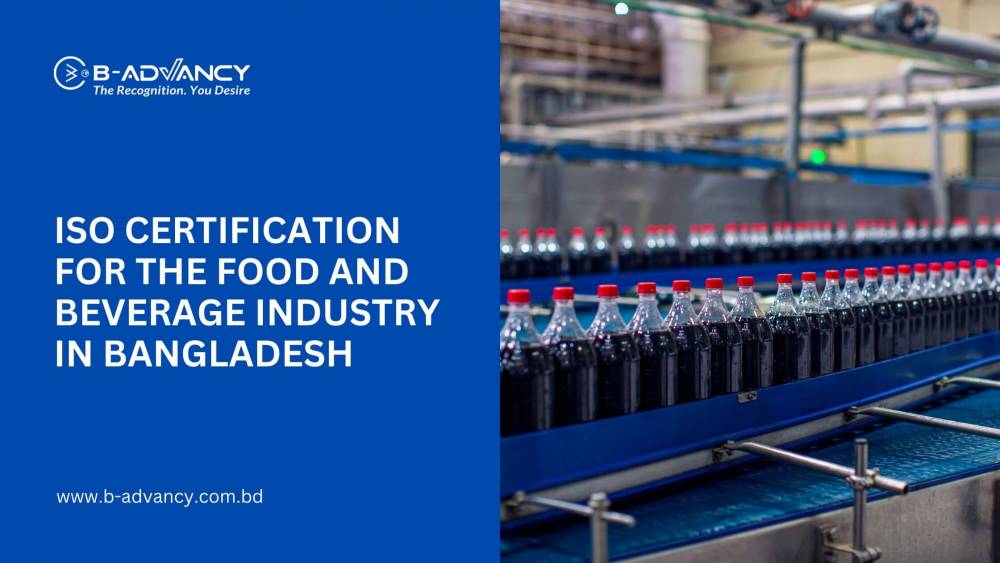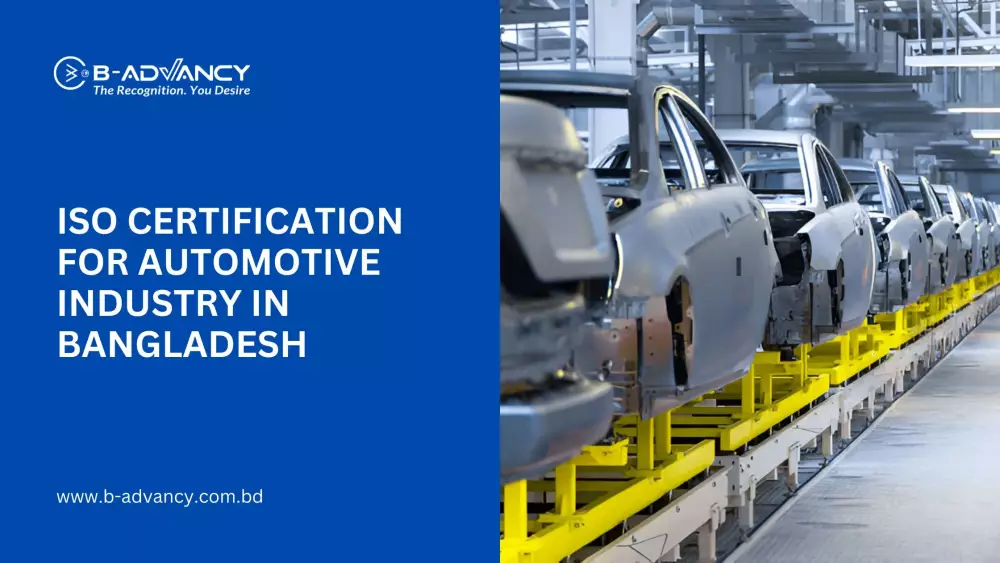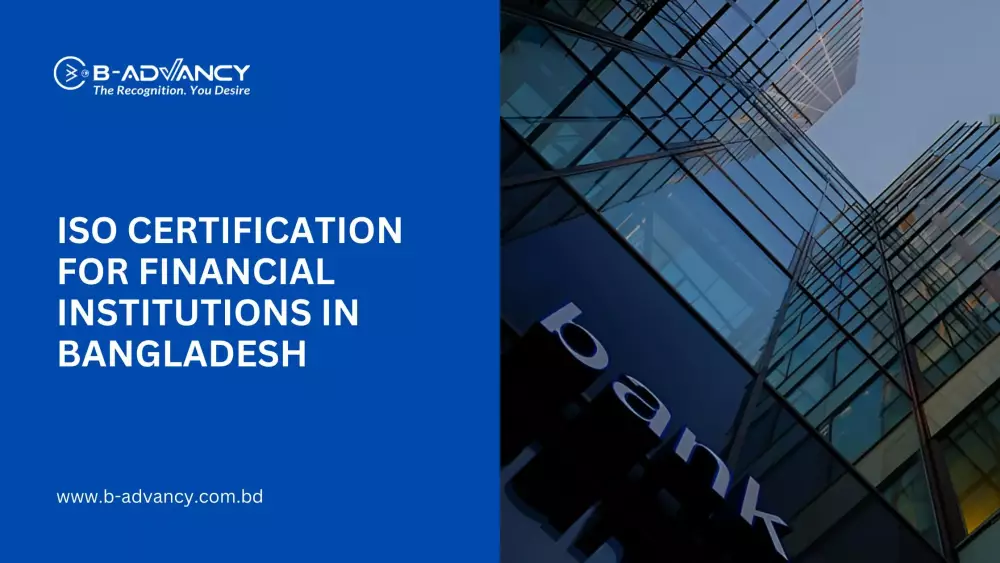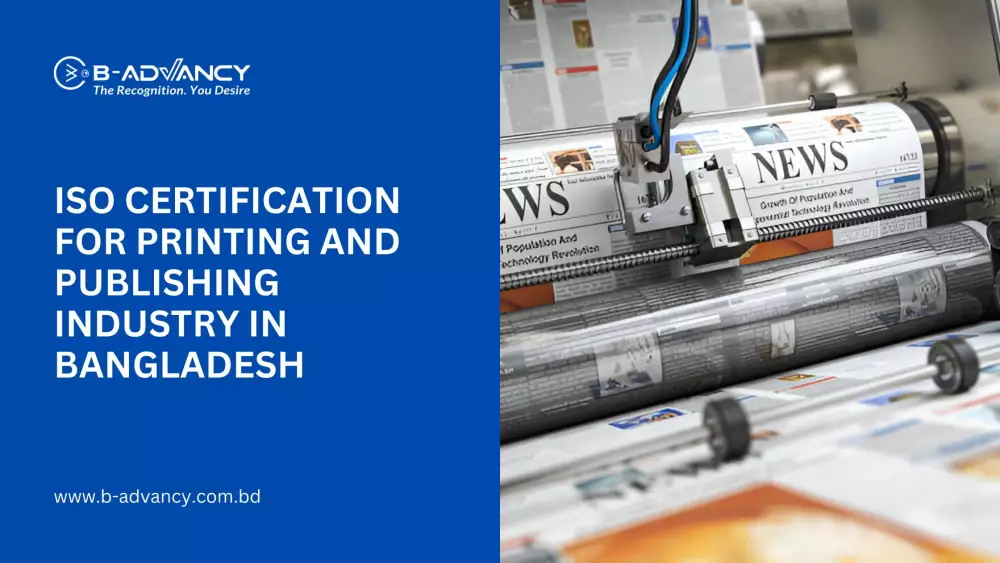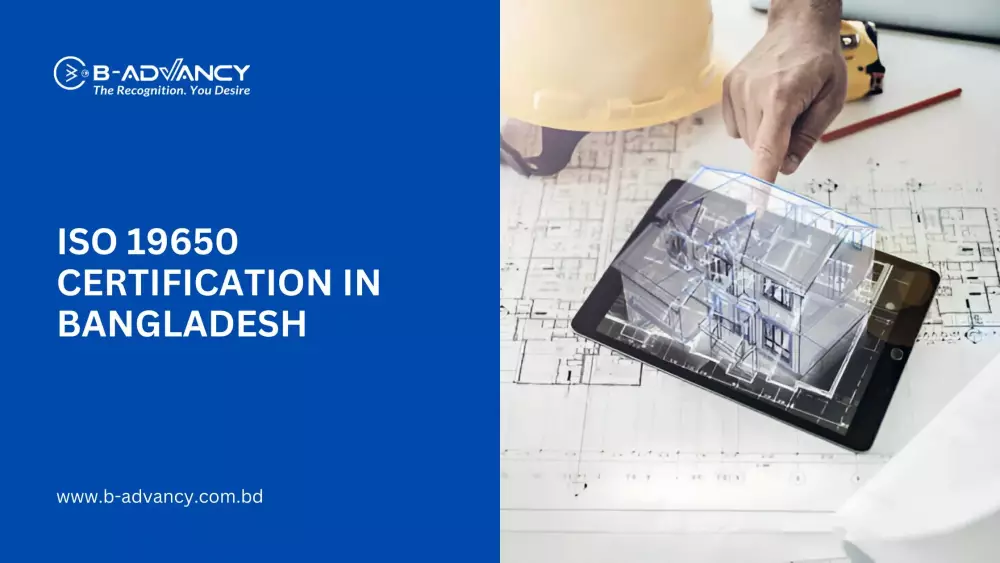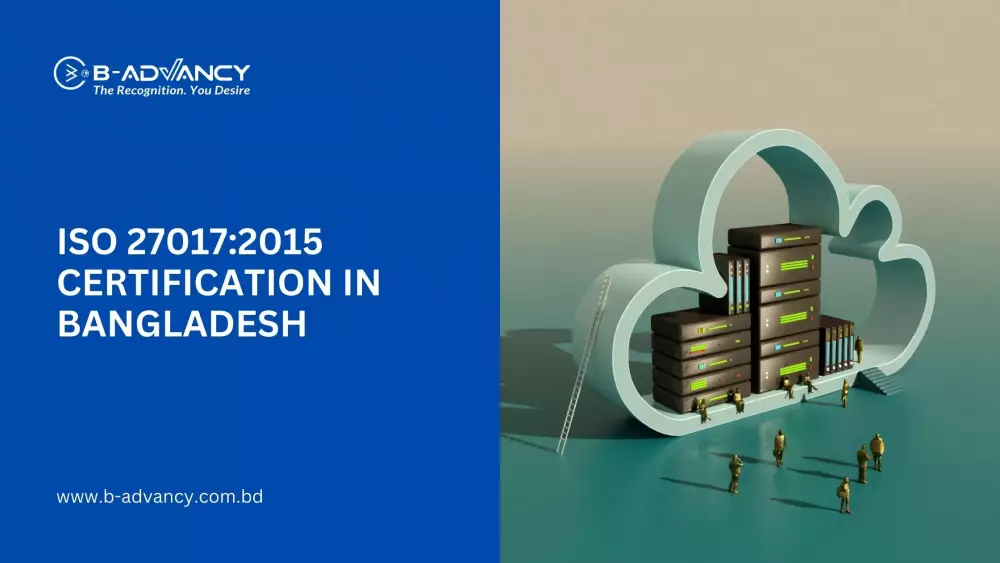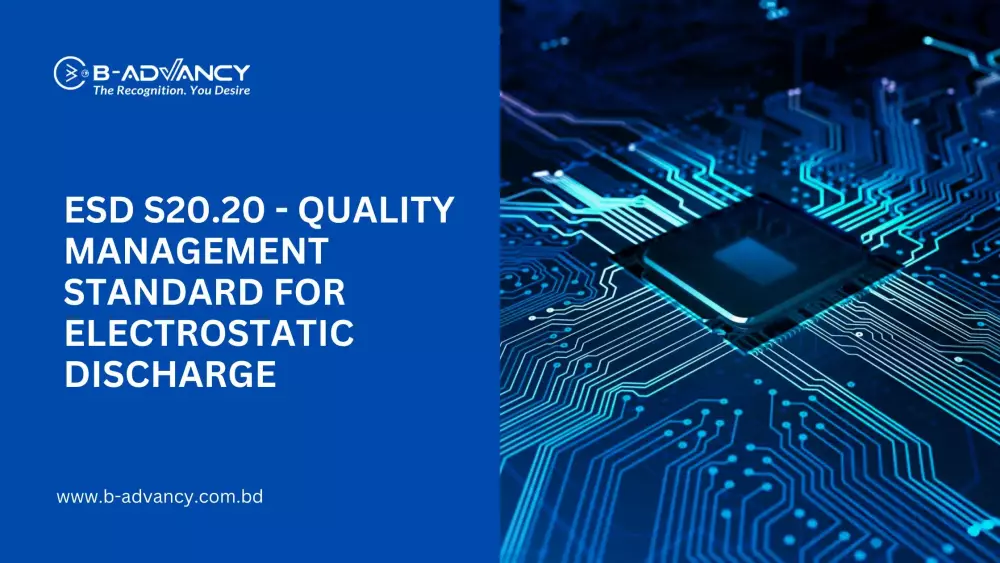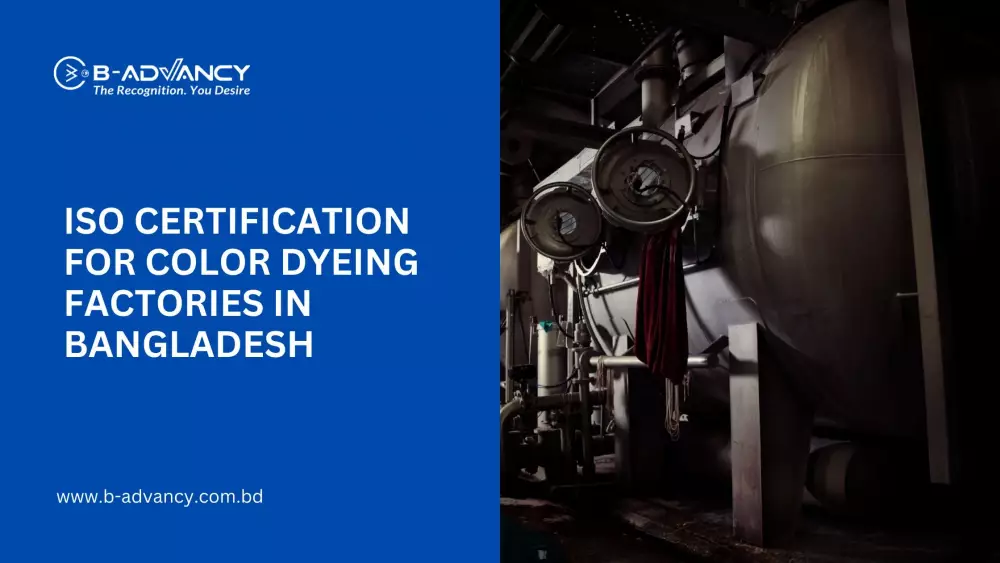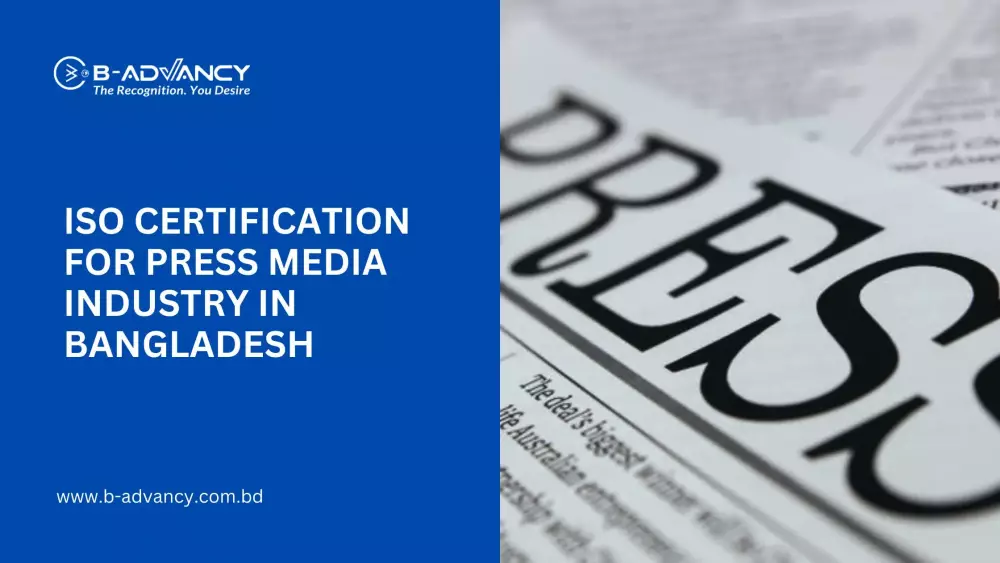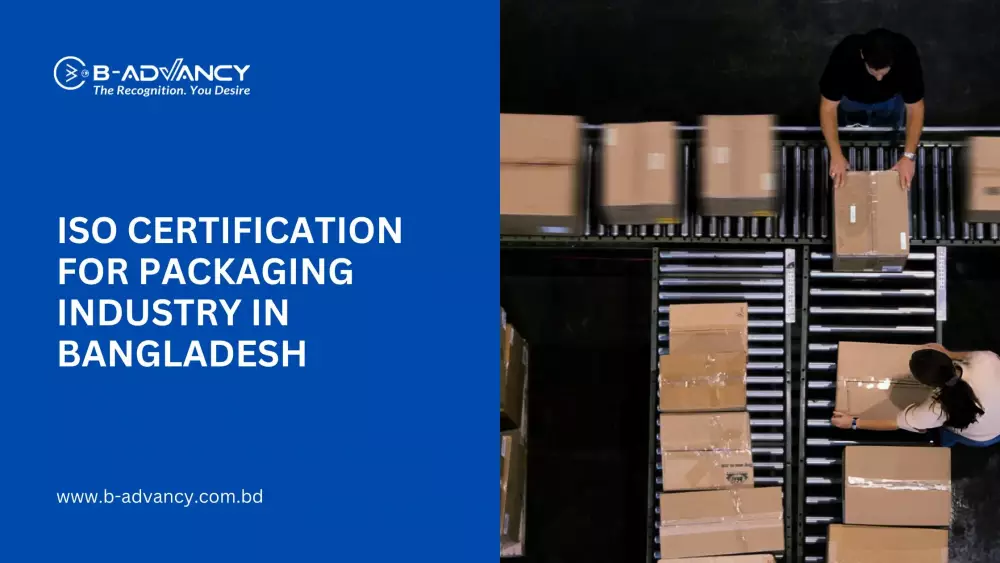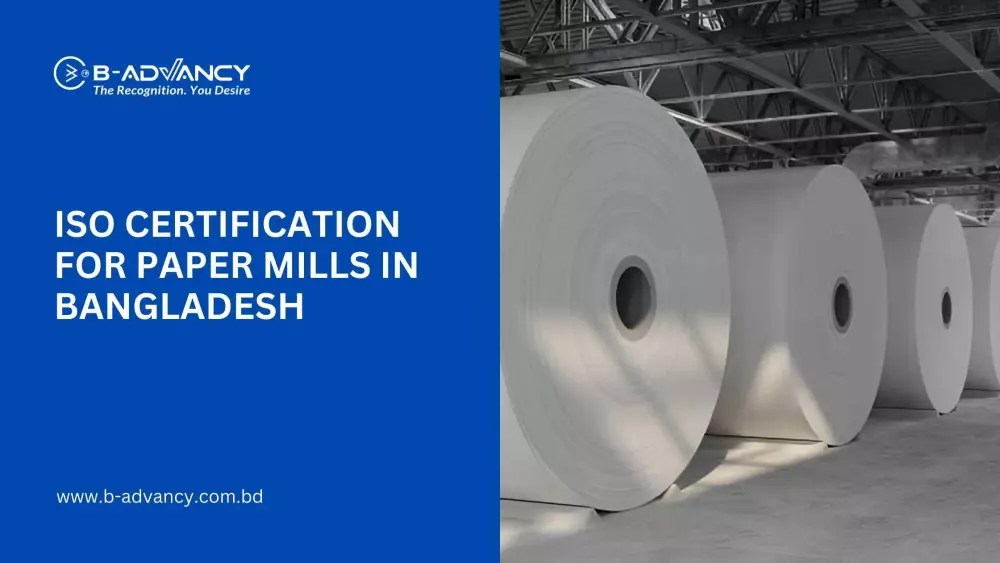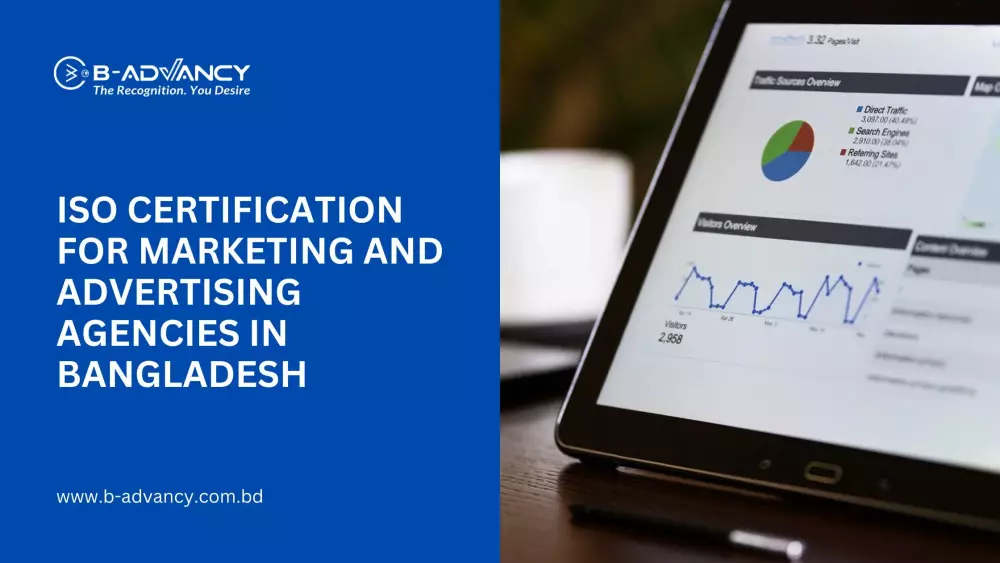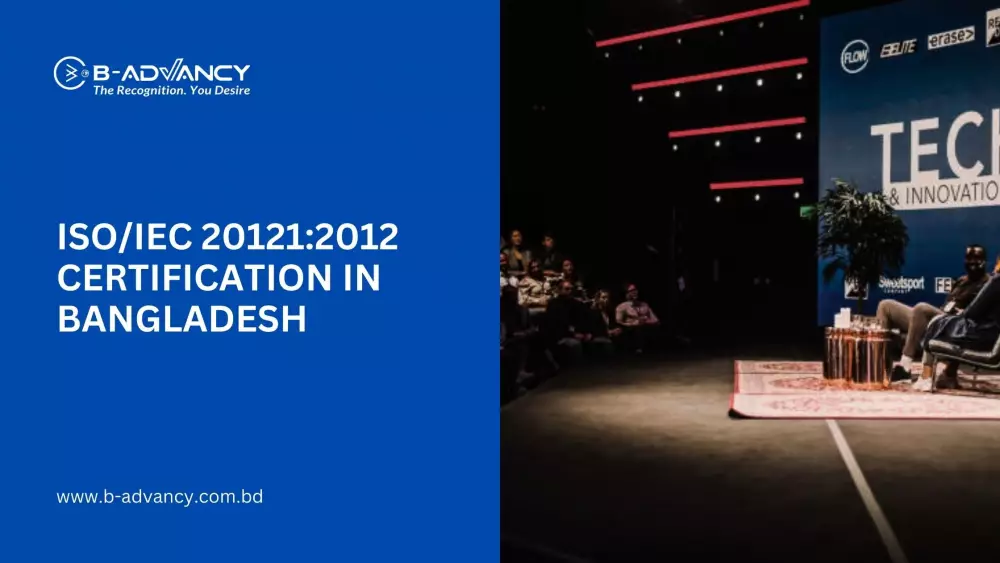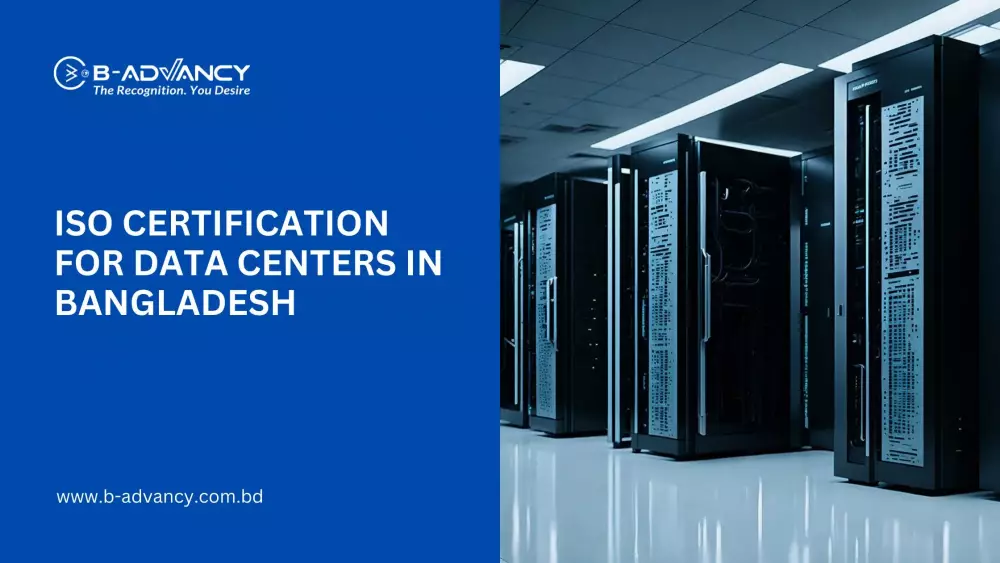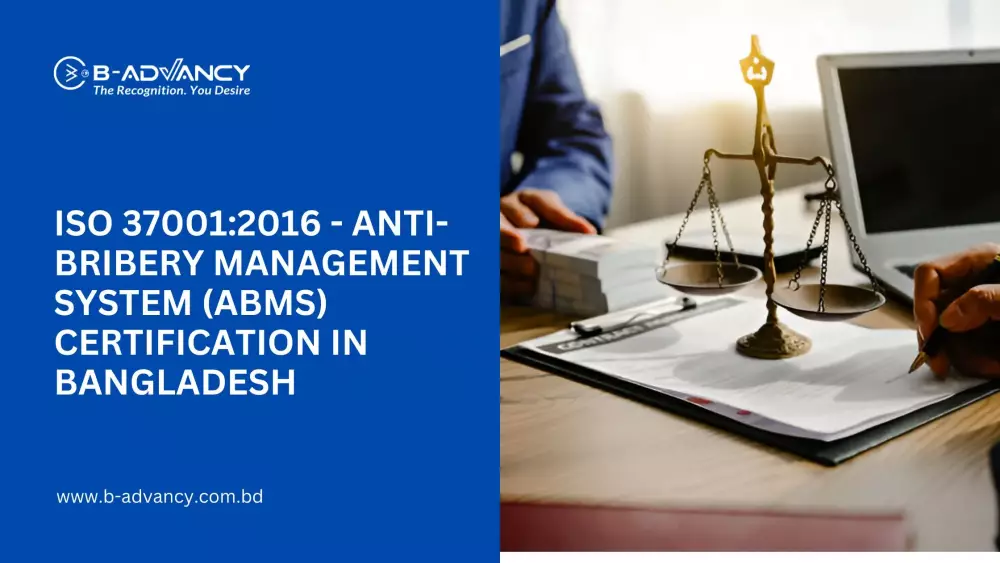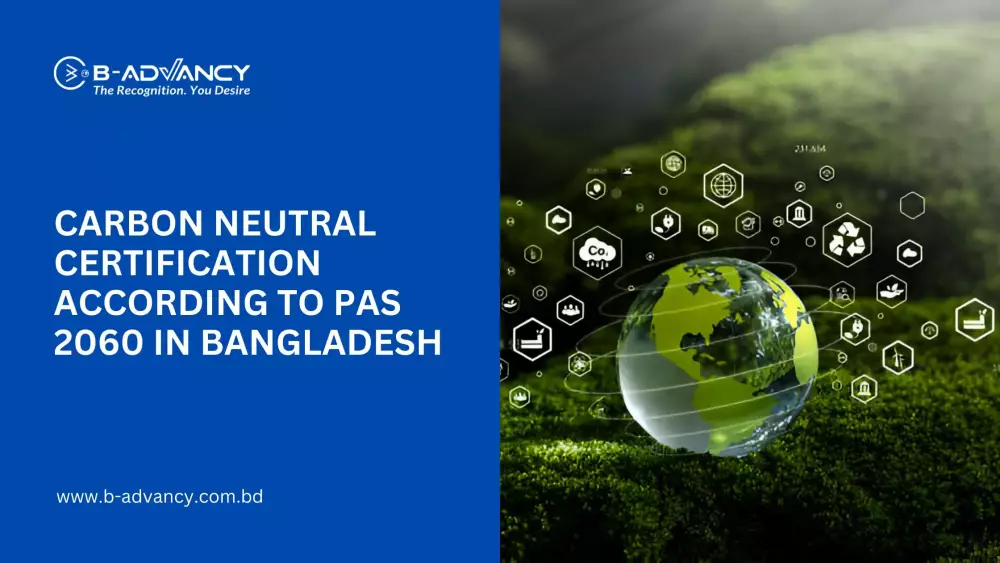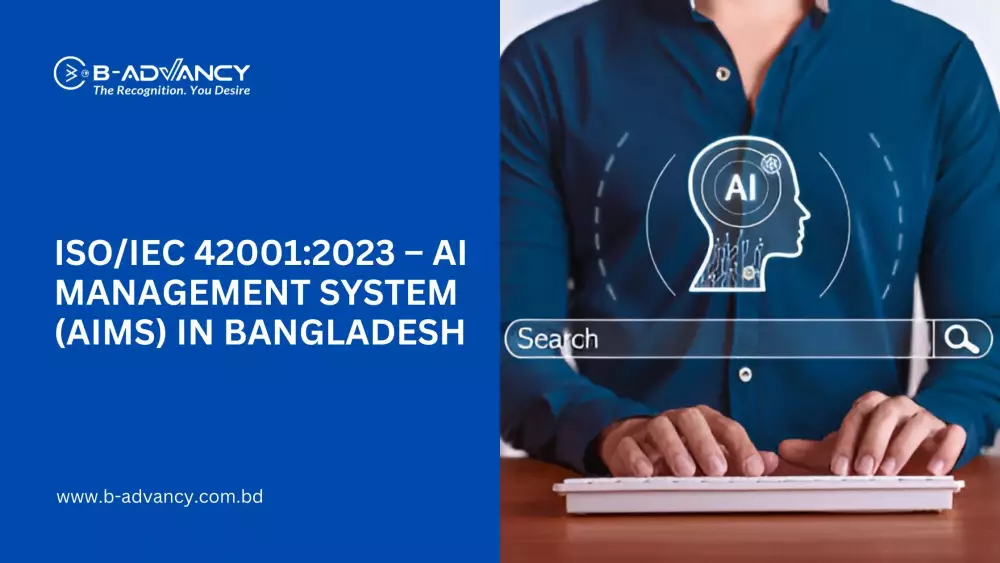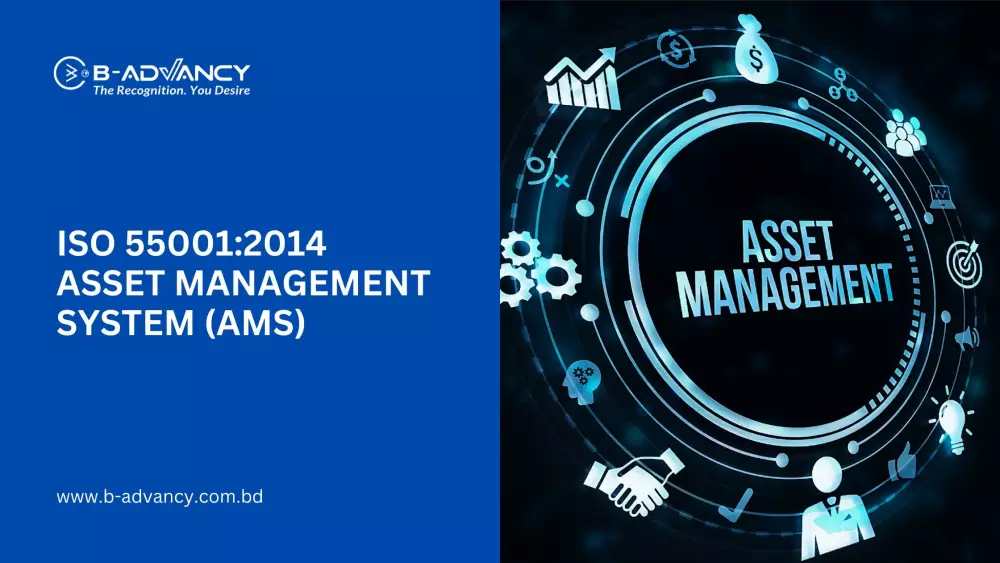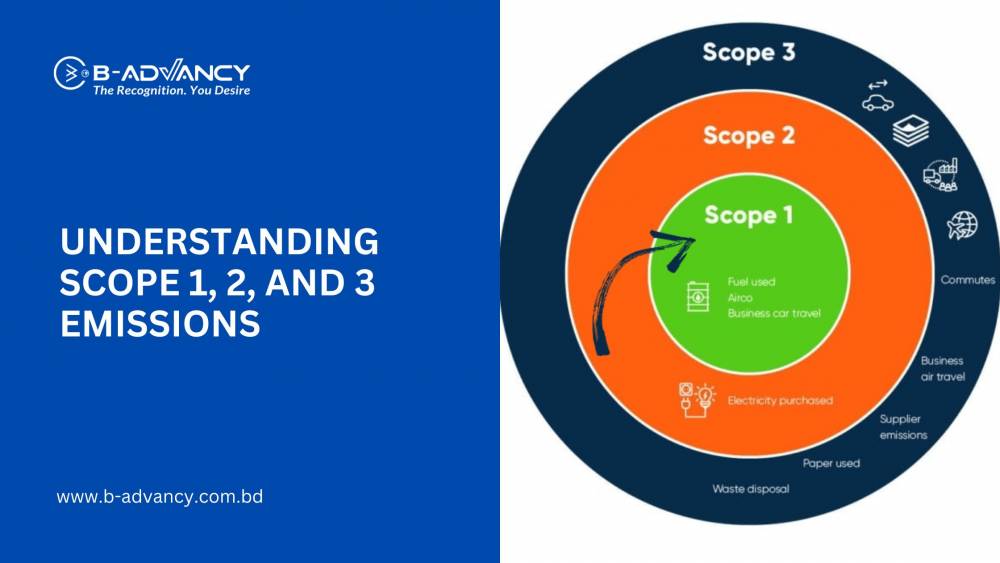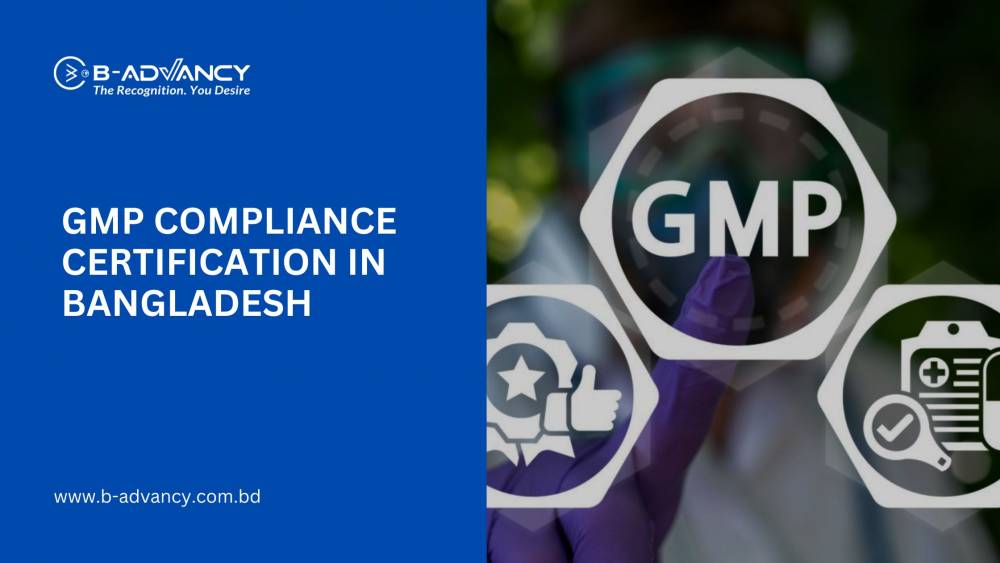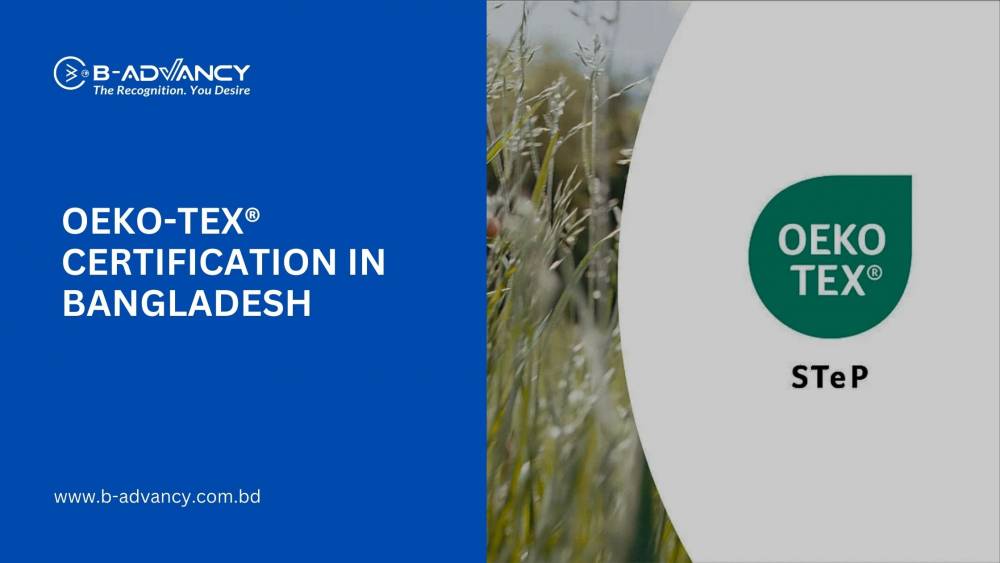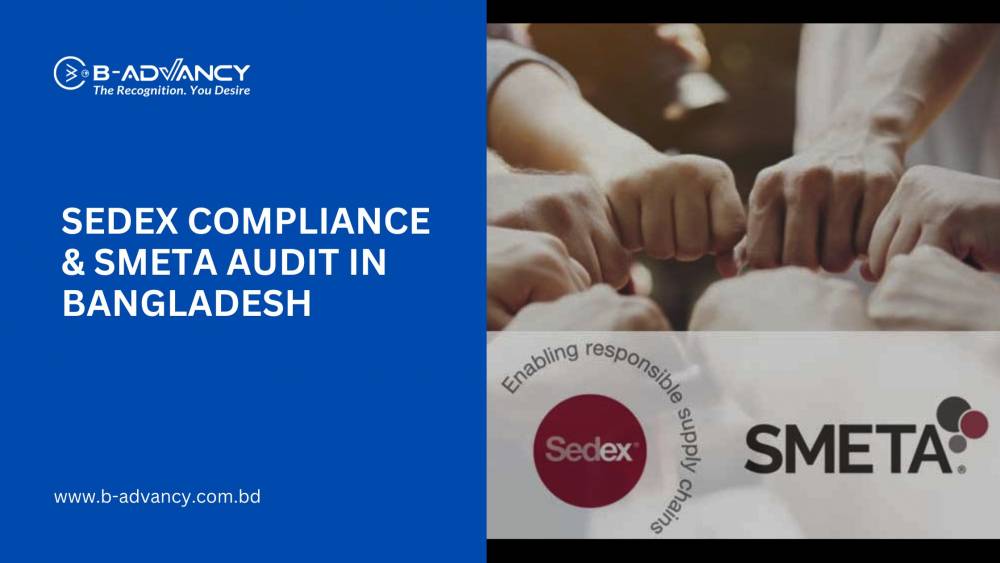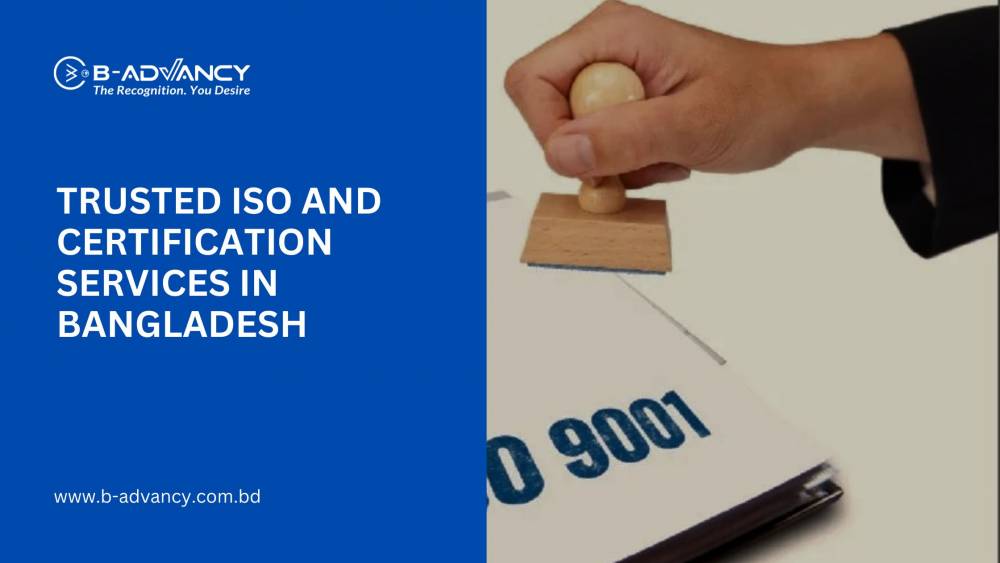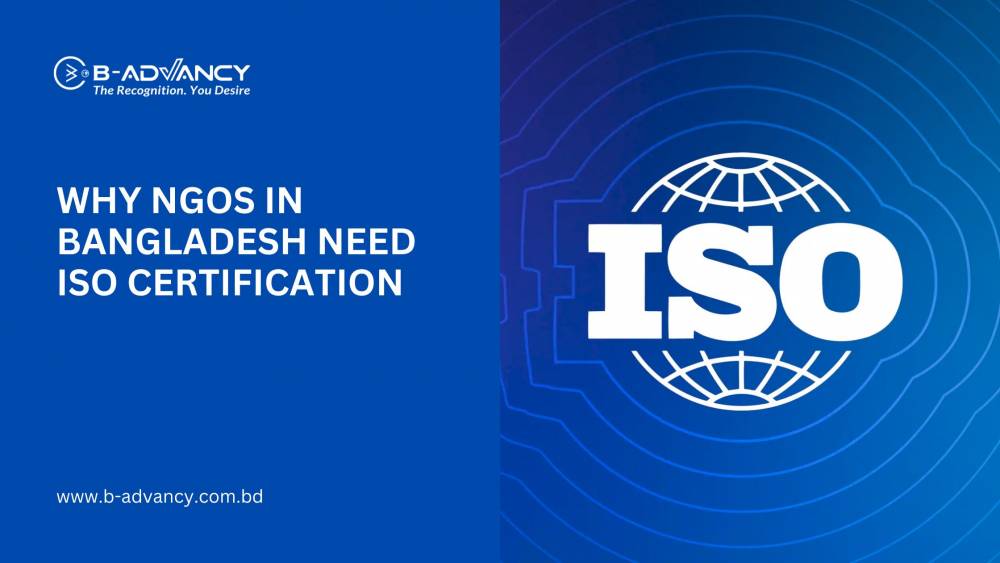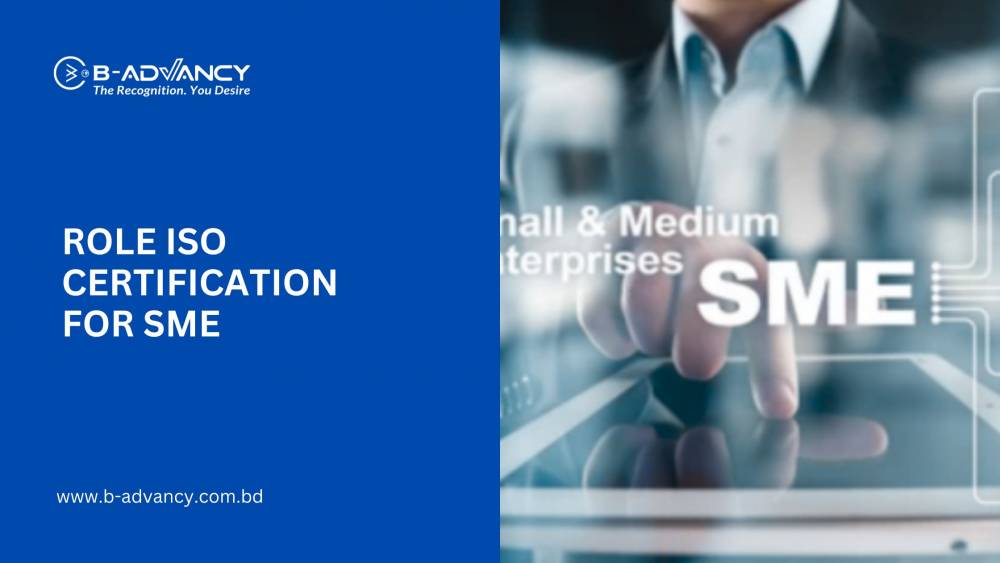ISO 14001 is a critical standard for companies that aim to reduce their environmental impact and improve their sustainability performance. However, implementing an ISO 14001 Environmental Management System (EMS) can be challenging for many organizations. In this blog post, we will explore the common challenges that companies face during ISO 14001 implementation and provide practical examples, case studies, and statistics to demonstrate how these challenges can be overcome.
Challenges during ISO 14001 Implementation
Lack of Management Commitment and Employee Engagement: Management commitment is critical to the success of ISO 14001 implementation. Without buy-in from top management, it can be challenging to engage employees effectively. In addition, if employees do not understand the importance of the EMS, they may be less likely to embrace the changes that are required for successful implementation.
Difficulty in Identifying and Prioritizing Environmental Aspects and Impacts: For many companies, identifying and prioritizing environmental aspects and impacts can be challenging. This is especially true for complex organizations with multiple processes and stakeholders. If aspects and impacts are not identified and prioritized correctly, it can be challenging to allocate resources effectively and make meaningful progress towards sustainability goals.
Insufficient Resources and Budget: Implementing an EMS requires resources and budget. Without sufficient allocation, it can be challenging to establish and maintain the EMS effectively. Insufficient resources and budget can also limit the ability to train employees, maintain infrastructure, and implement effective communication and documentation procedures.
Inadequate Communication and Documentation: Effective communication and documentation are crucial for successful implementation of an EMS. Companies that struggle to establish and maintain effective documentation and communication may find it challenging to meet ISO 14001 requirements and achieve certification.
Resistance to Change and Fear of the Unknown: Implementing an EMS can be a significant change for organizations. Employees may resist the changes required for successful implementation. Fear of the unknown can also be a significant barrier to effective implementation.
Overcoming the Challenges
To overcome the challenges that companies face during ISO 14001 implementation, it is essential to take a systematic approach to identify and prioritize environmental aspects and impacts. This approach should be aligned with the goals of the EMS and the overall sustainability strategy of the company.
In addition, companies must gain management commitment and employee engagement. Providing effective training and support can help employees understand the importance of the EMS and become more engaged. Companies must also establish clear communication channels and document processes and procedures effectively.
Resource allocation is also critical to successful implementation. Companies should develop a budget and resource plan that aligns with the goals of the EMS. They should also consider creating a dedicated sustainability team to manage and support the implementation process.
Change management is also crucial for effective implementation. Companies should provide training and support to employees, communicate the benefits of the EMS, and involve employees in the implementation process. By involving employees, companies can increase buy-in and improve engagement.
Case Studies
Danone, the French food and beverage company, faced challenges during ISO 14001 implementation due to a lack of engagement from employees. To overcome this challenge, the company implemented a comprehensive training program and involved employees in the implementation process. As a result, Danone achieved ISO 14001 certification and improved its sustainability performance.
Tata Steel, the Indian steel manufacturer, overcame resource allocation challenges during ISO 14001 implementation by creating a dedicated sustainability team and developing a resource and budget plan that aligned with the goals of the EMS.
Conclusion
Implementing an ISO 14001 Environmental Management System can be challenging, but it is essential for companies that aim to reduce their environmental impact and improve their sustainability performance. By addressing common challenges such as lack of management commitment, difficulty in identifying and prioritizing environmental aspects and impacts, insufficient resources and budget, inadequate communication and documentation, and resistance to change, companies can successfully implement an EMS and achieve certification. Real-world

